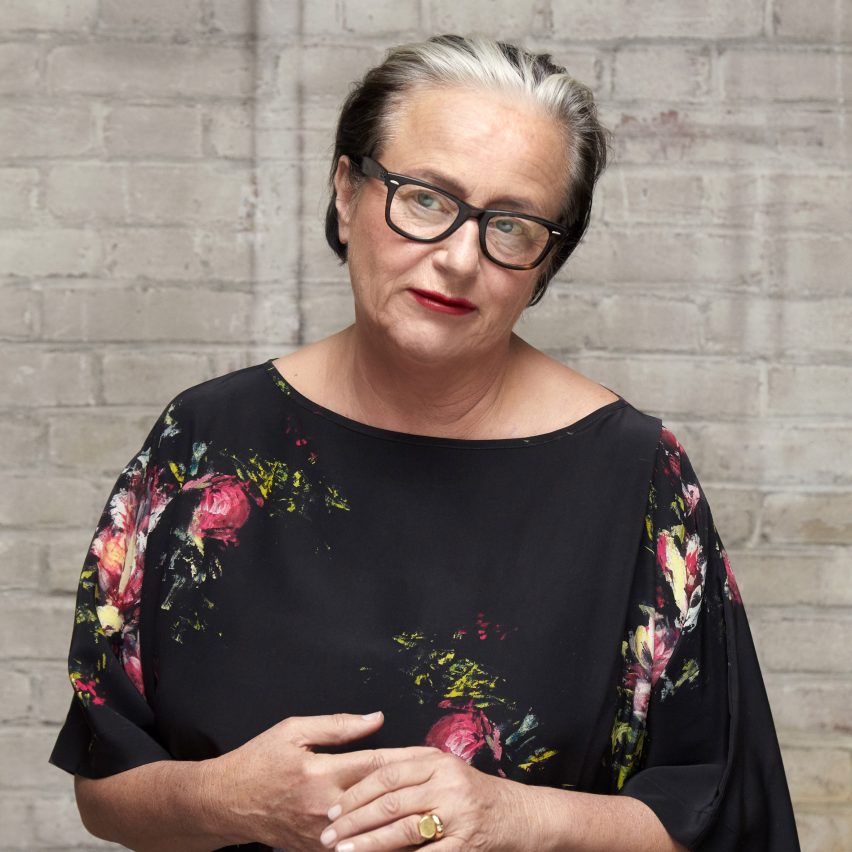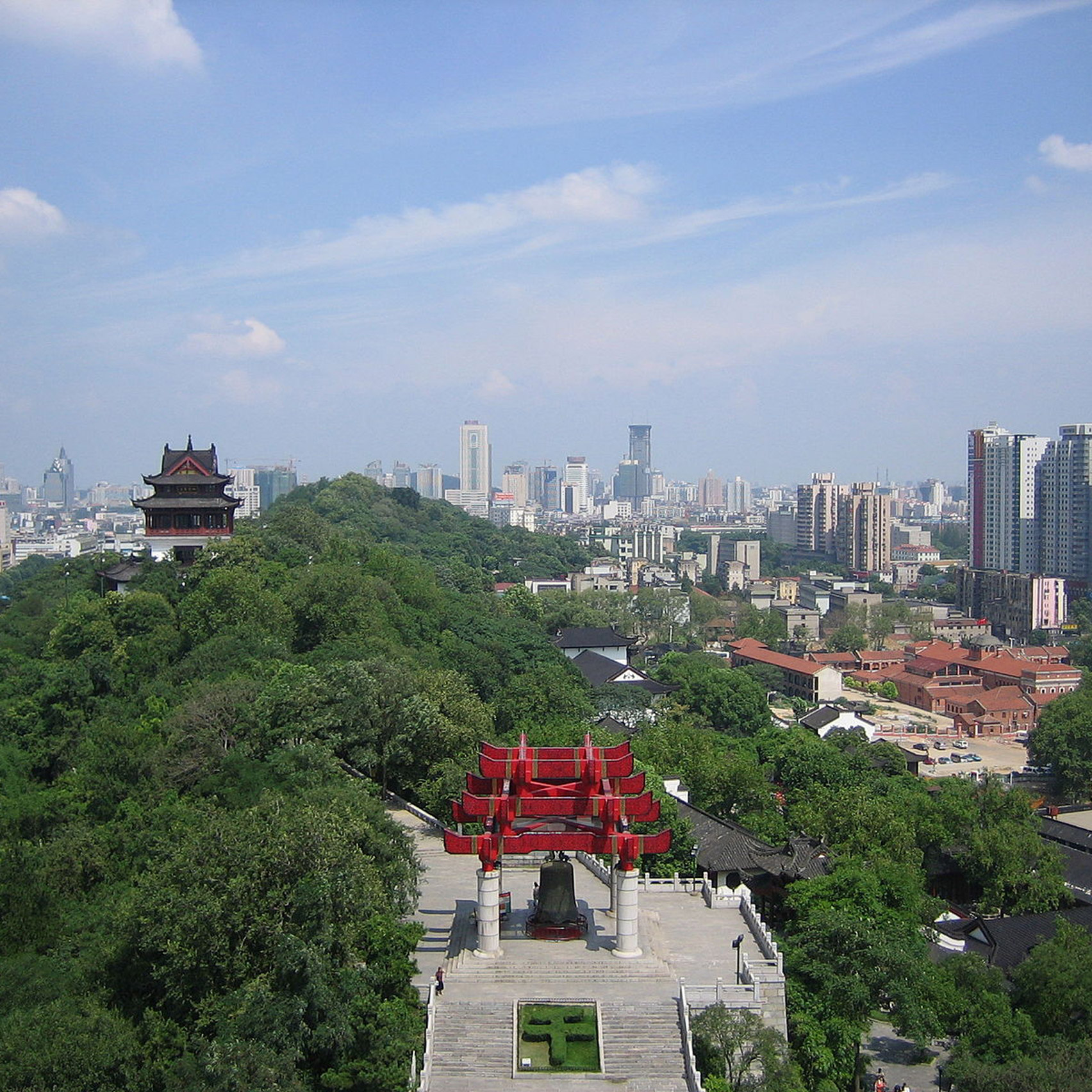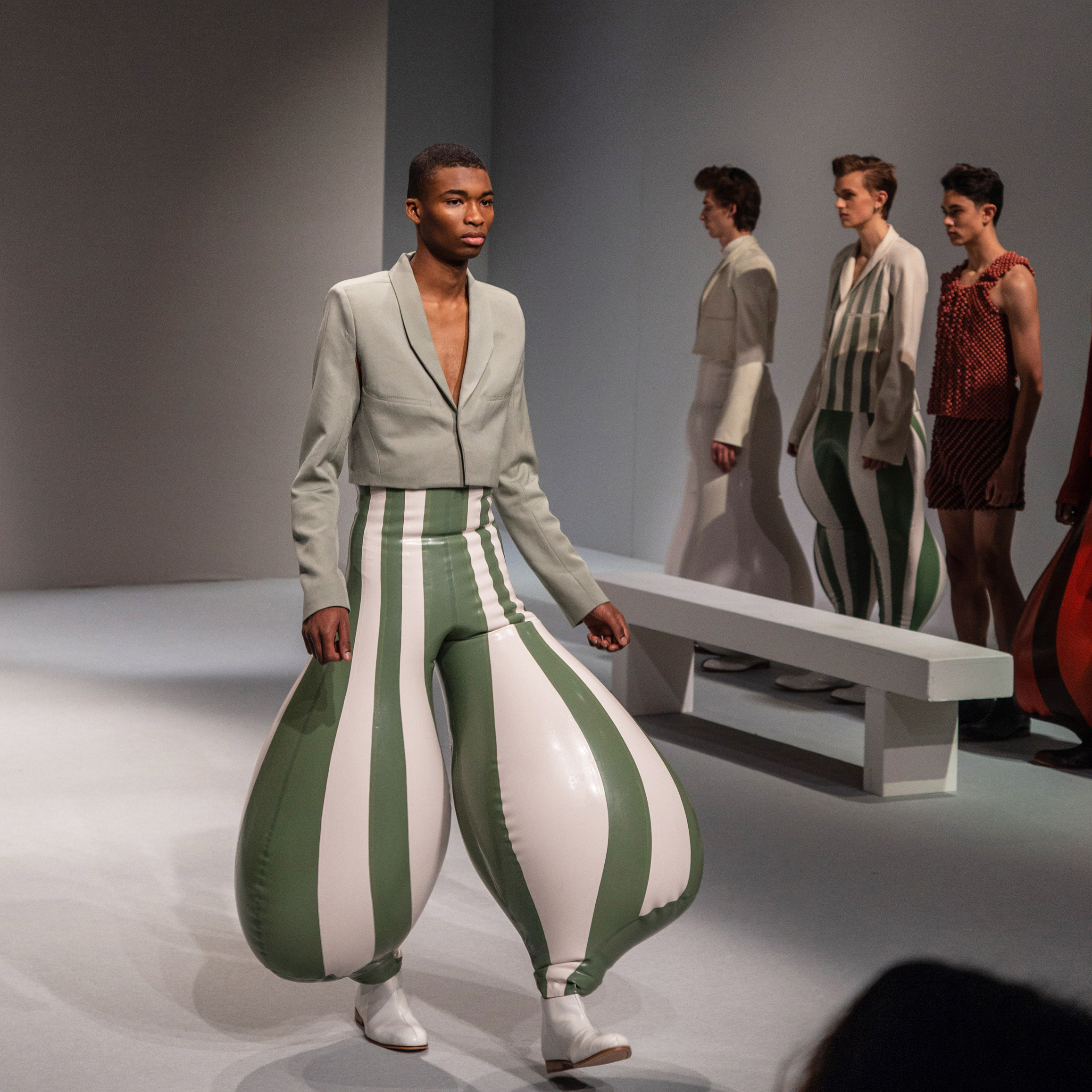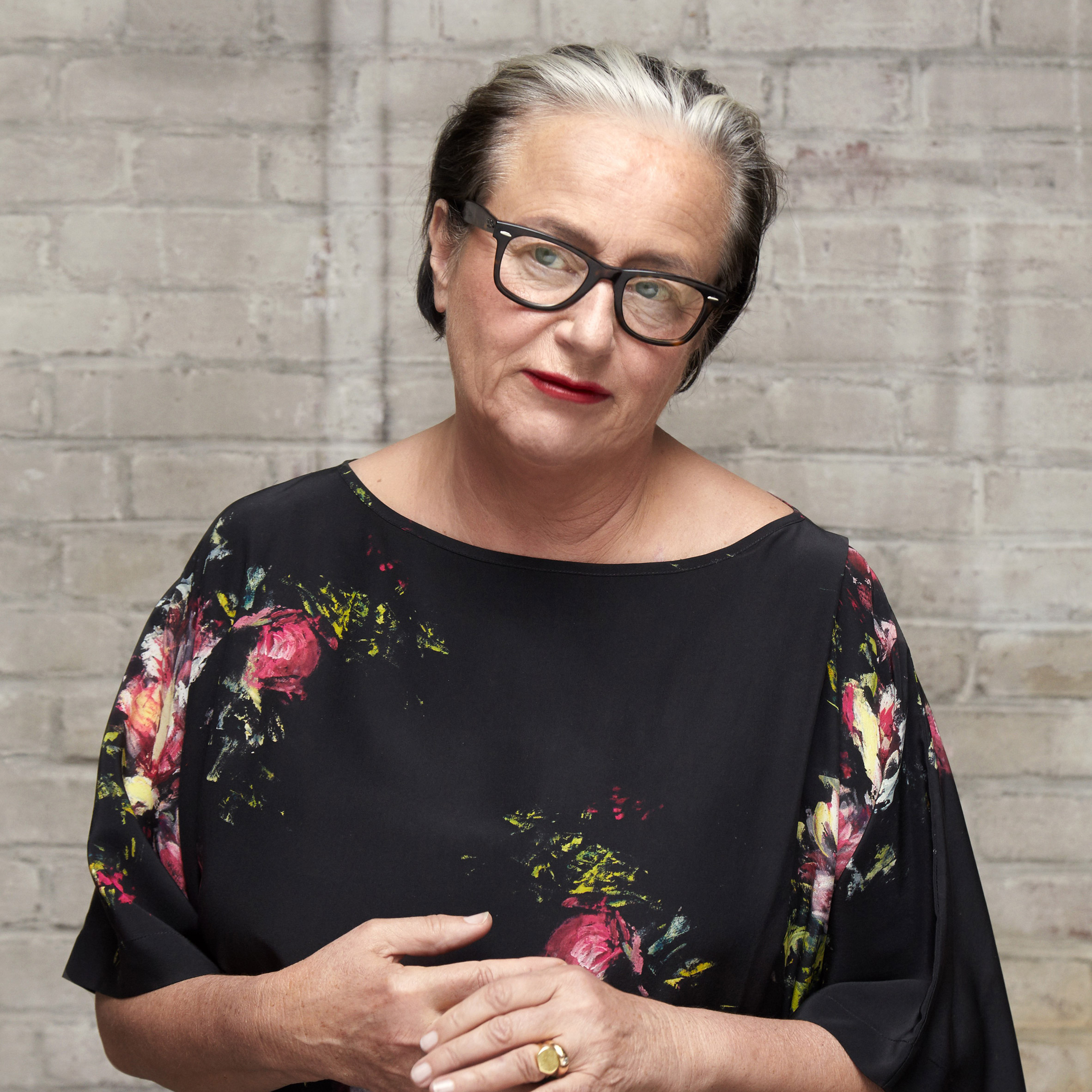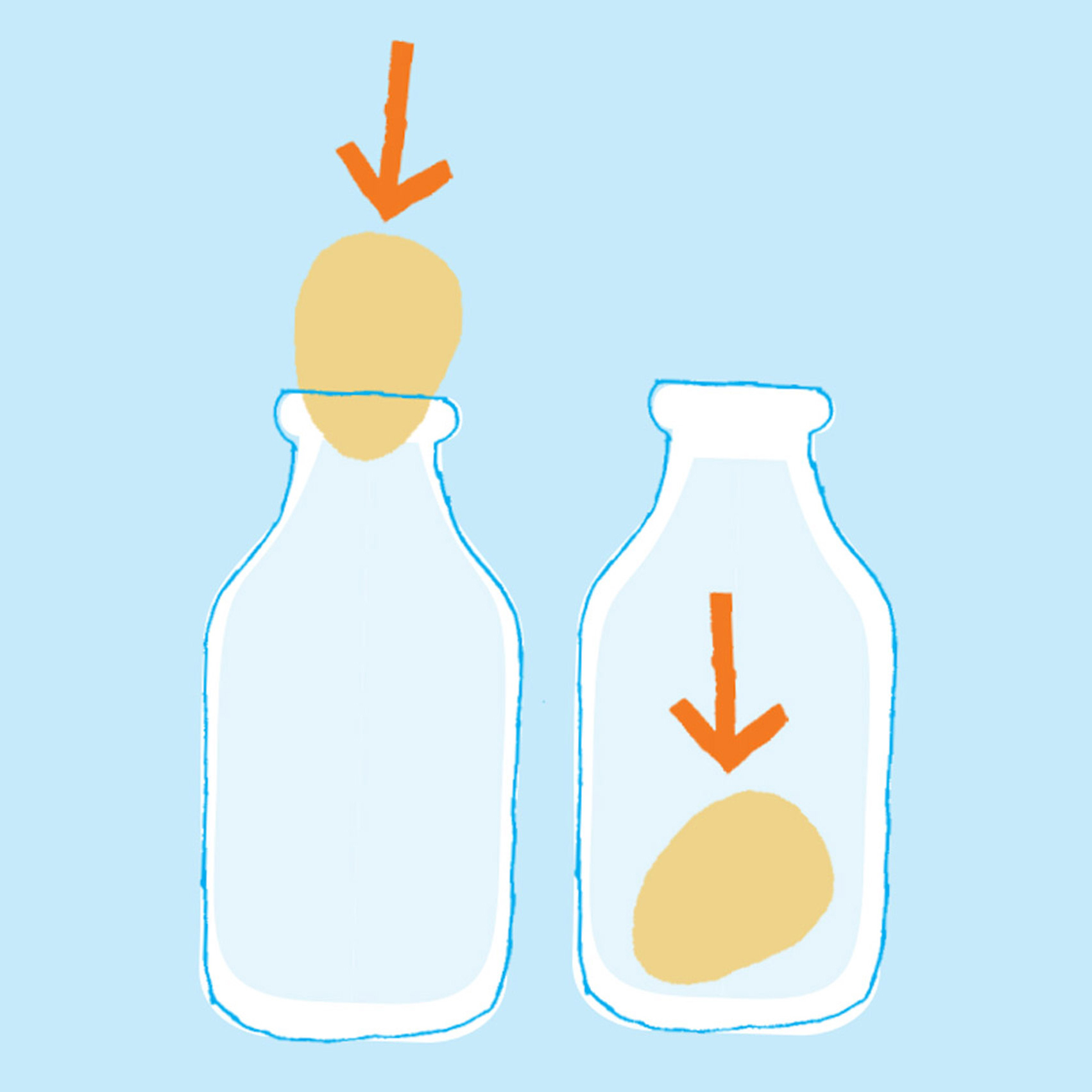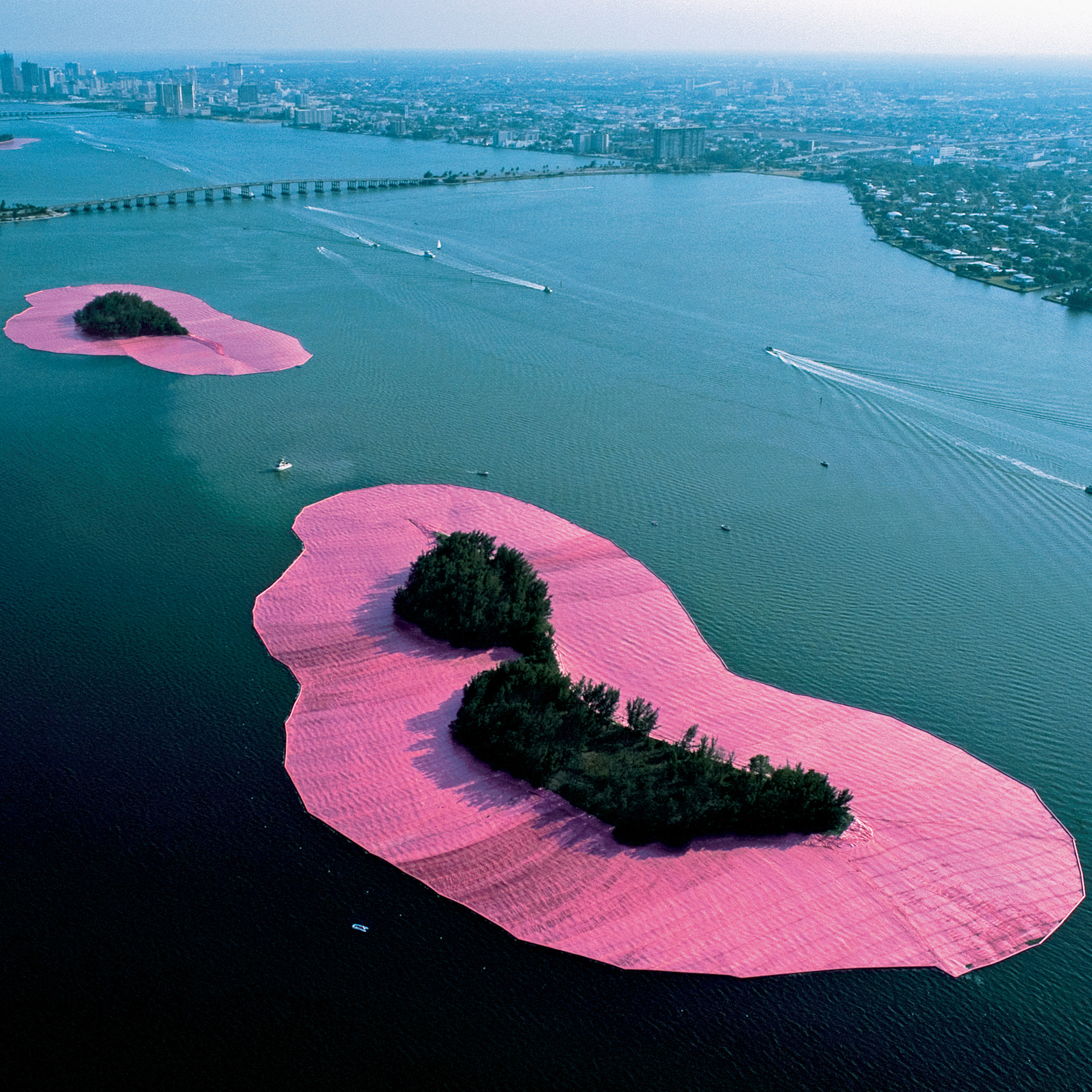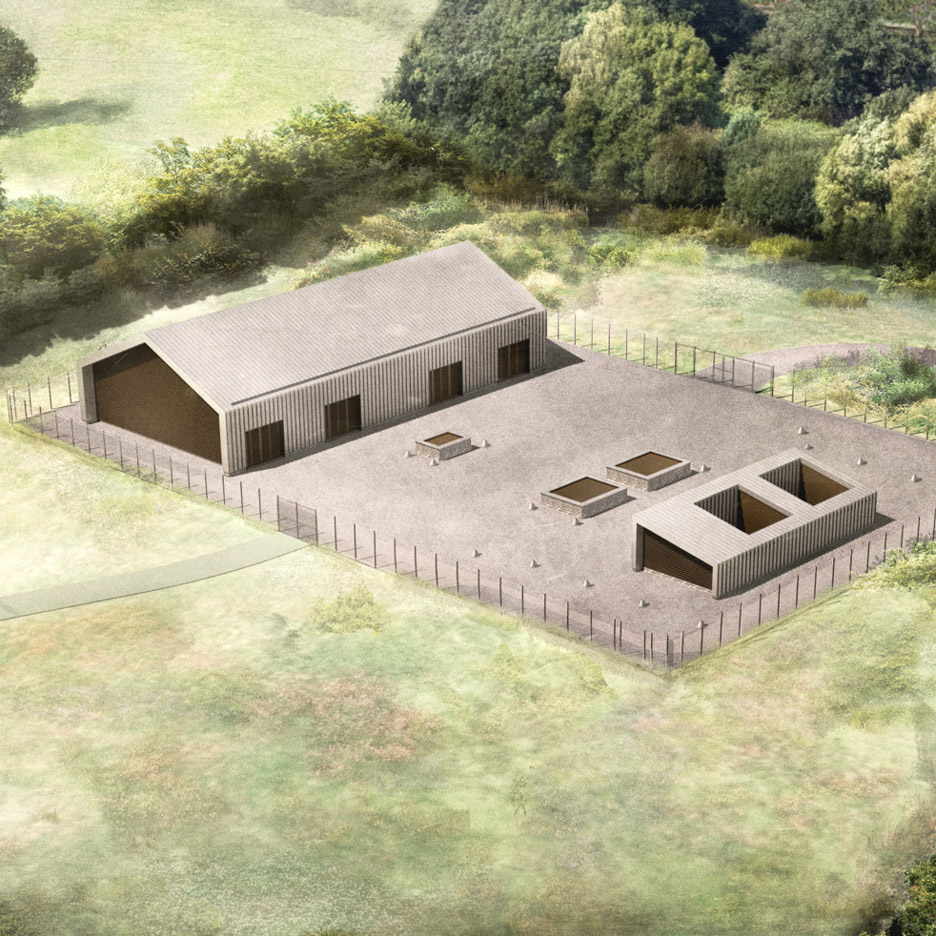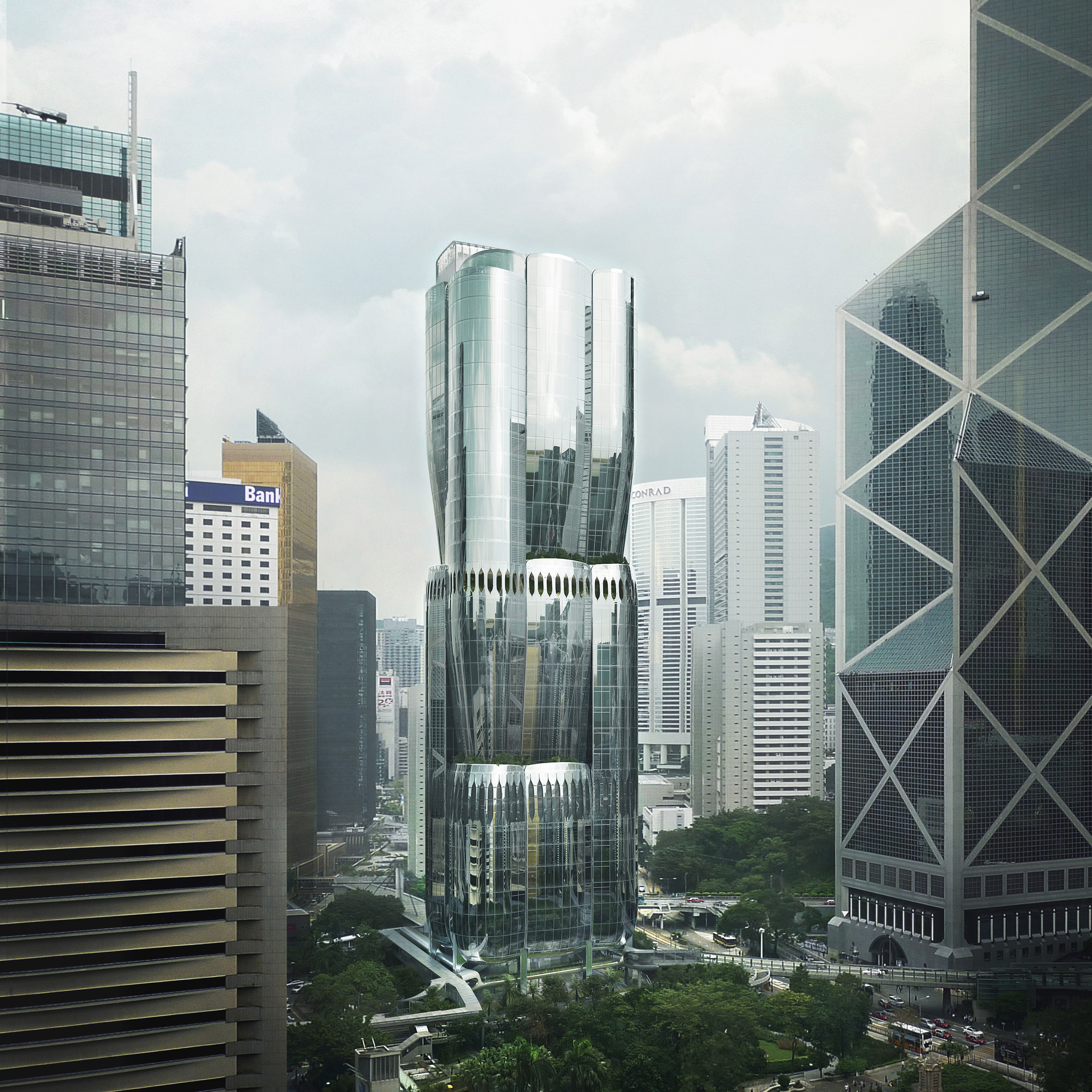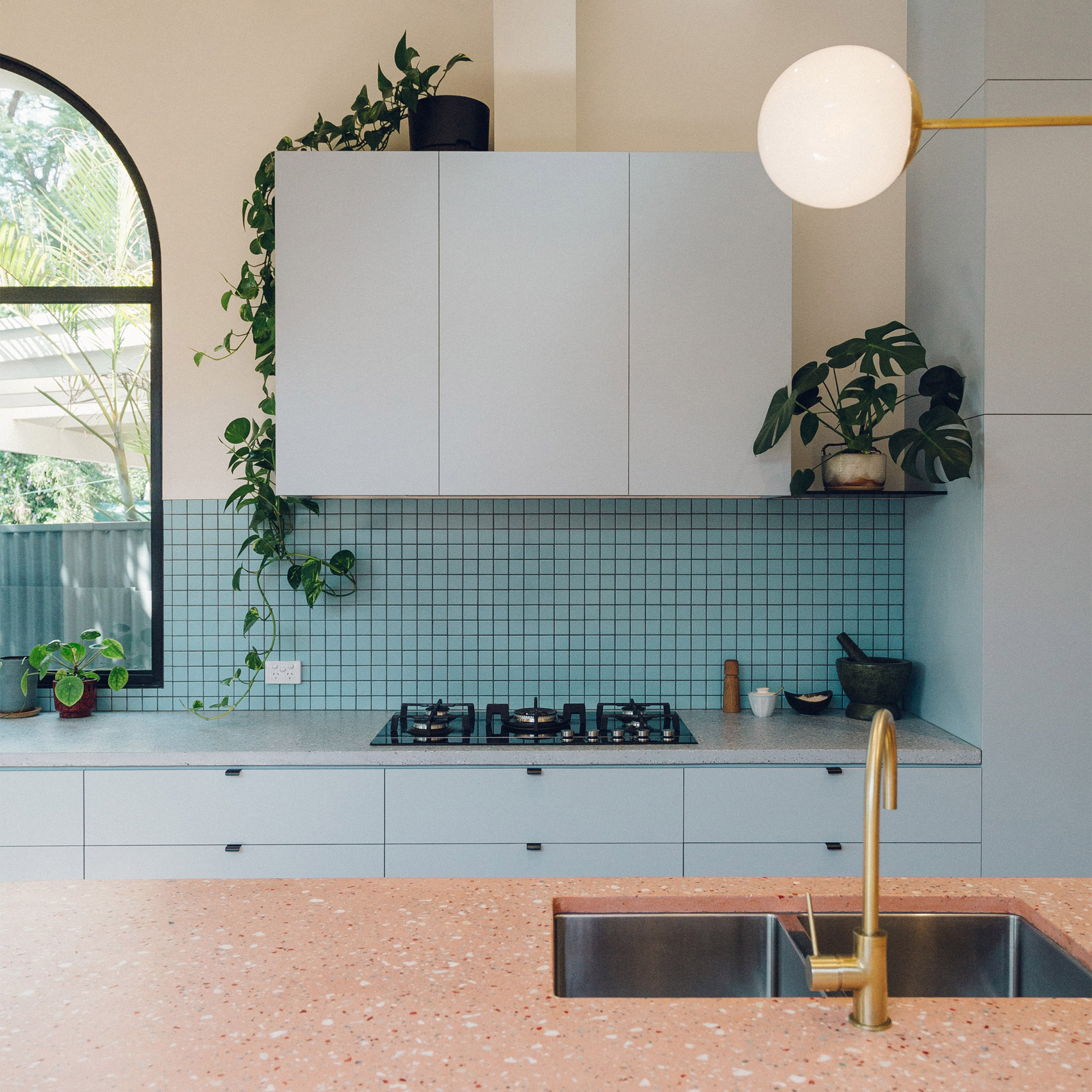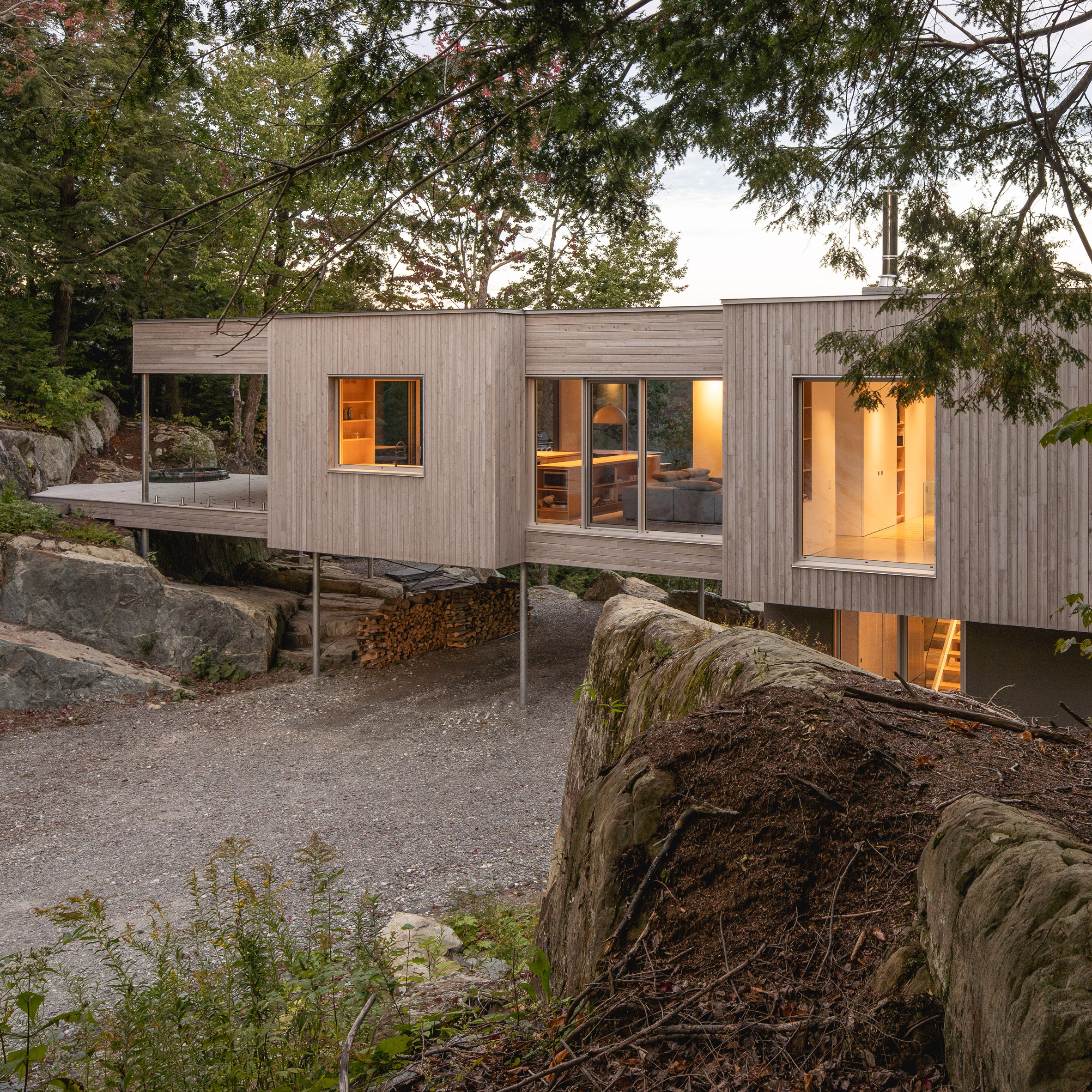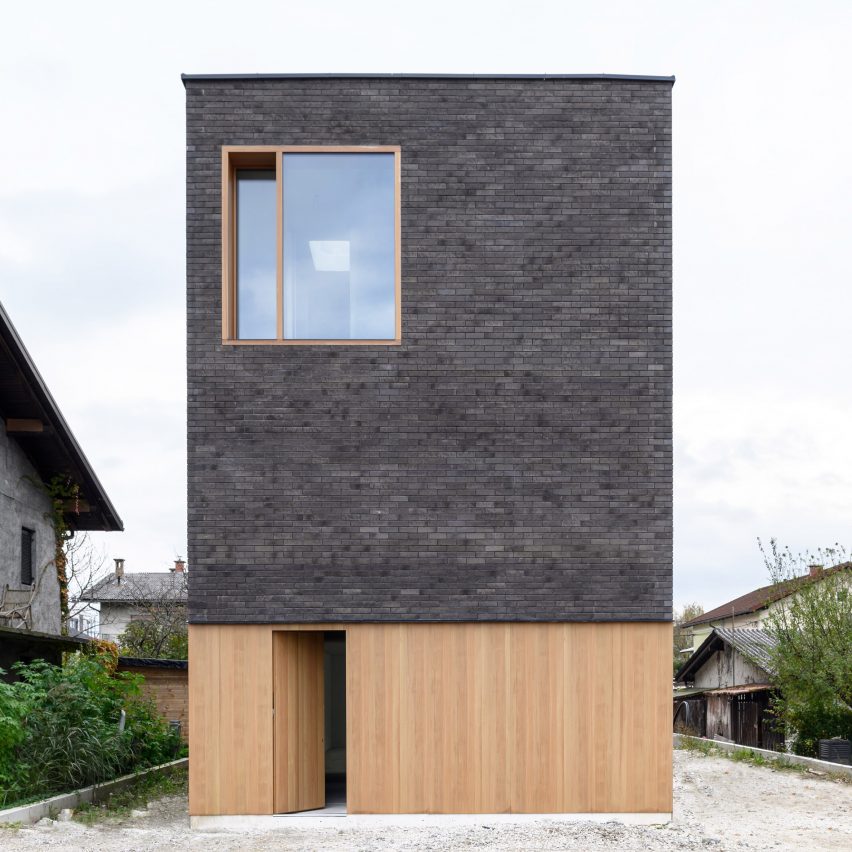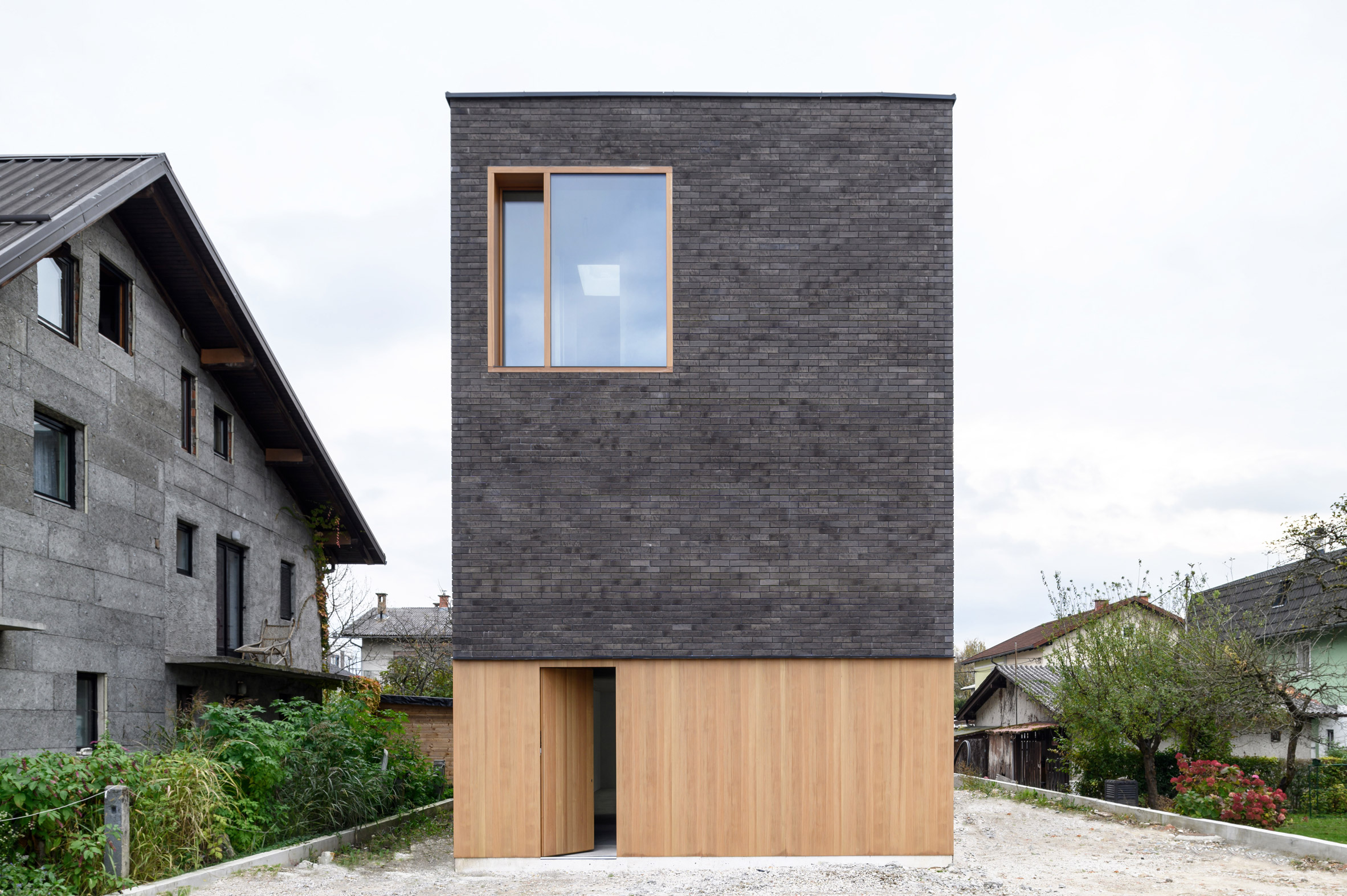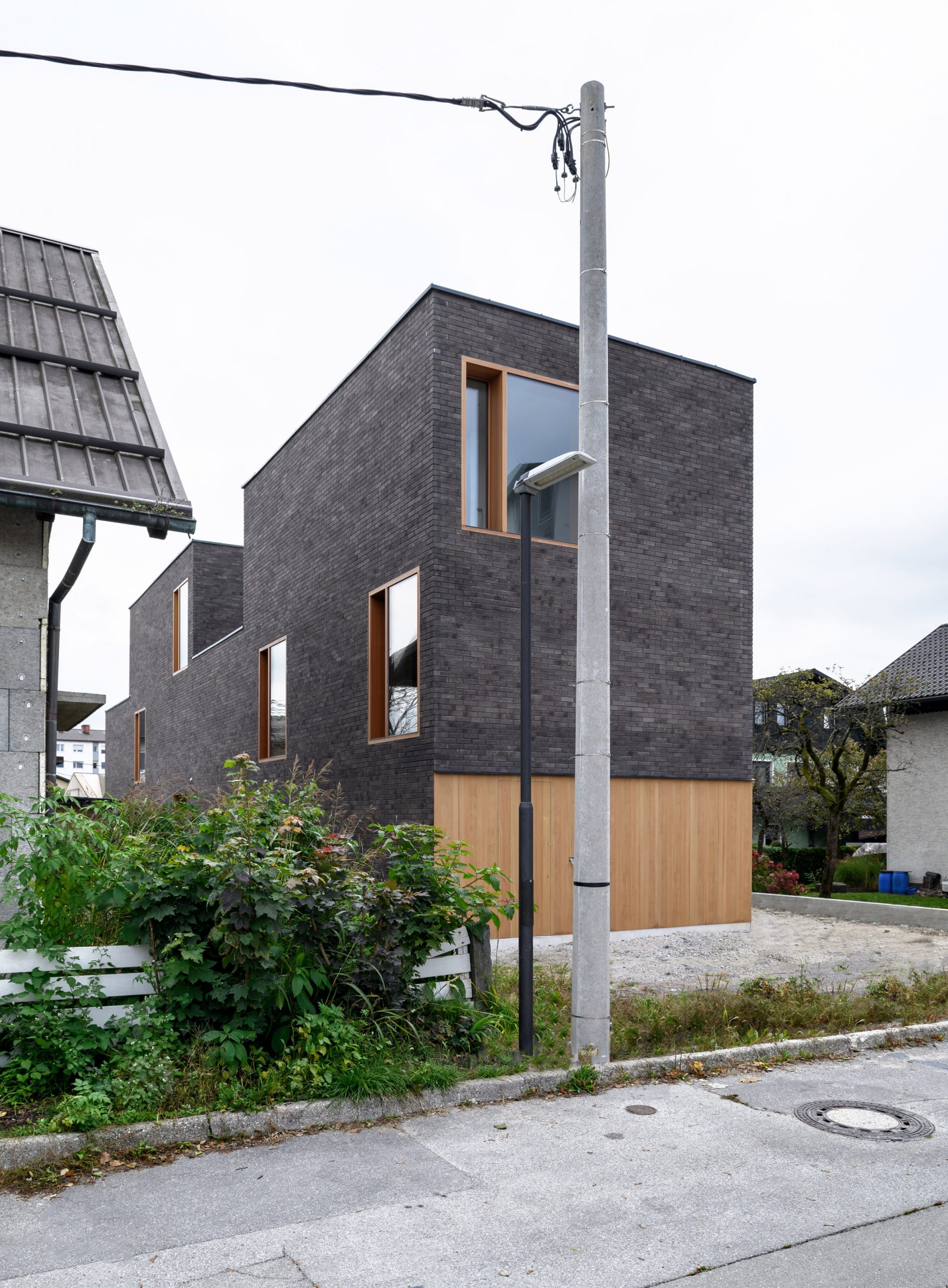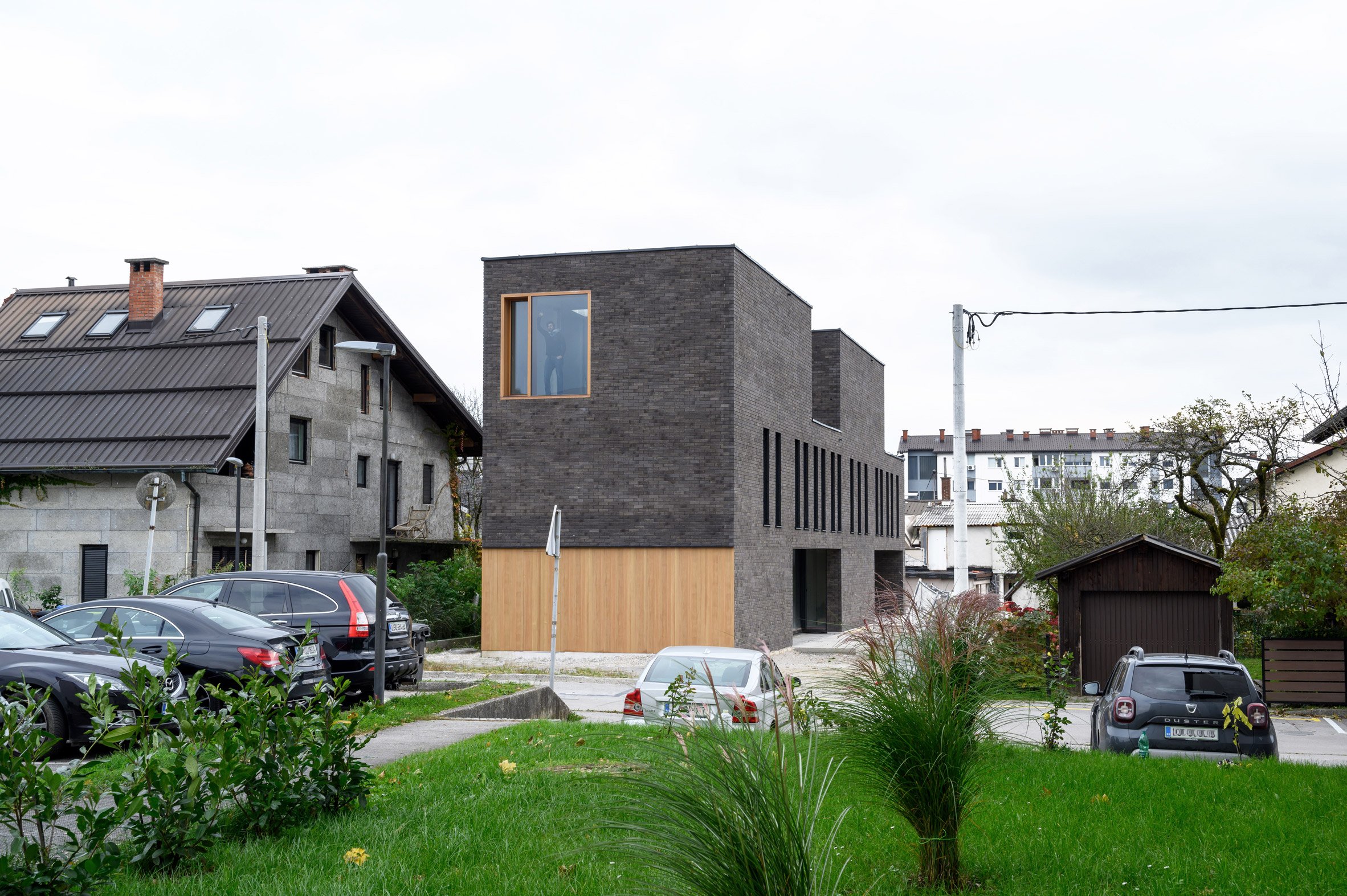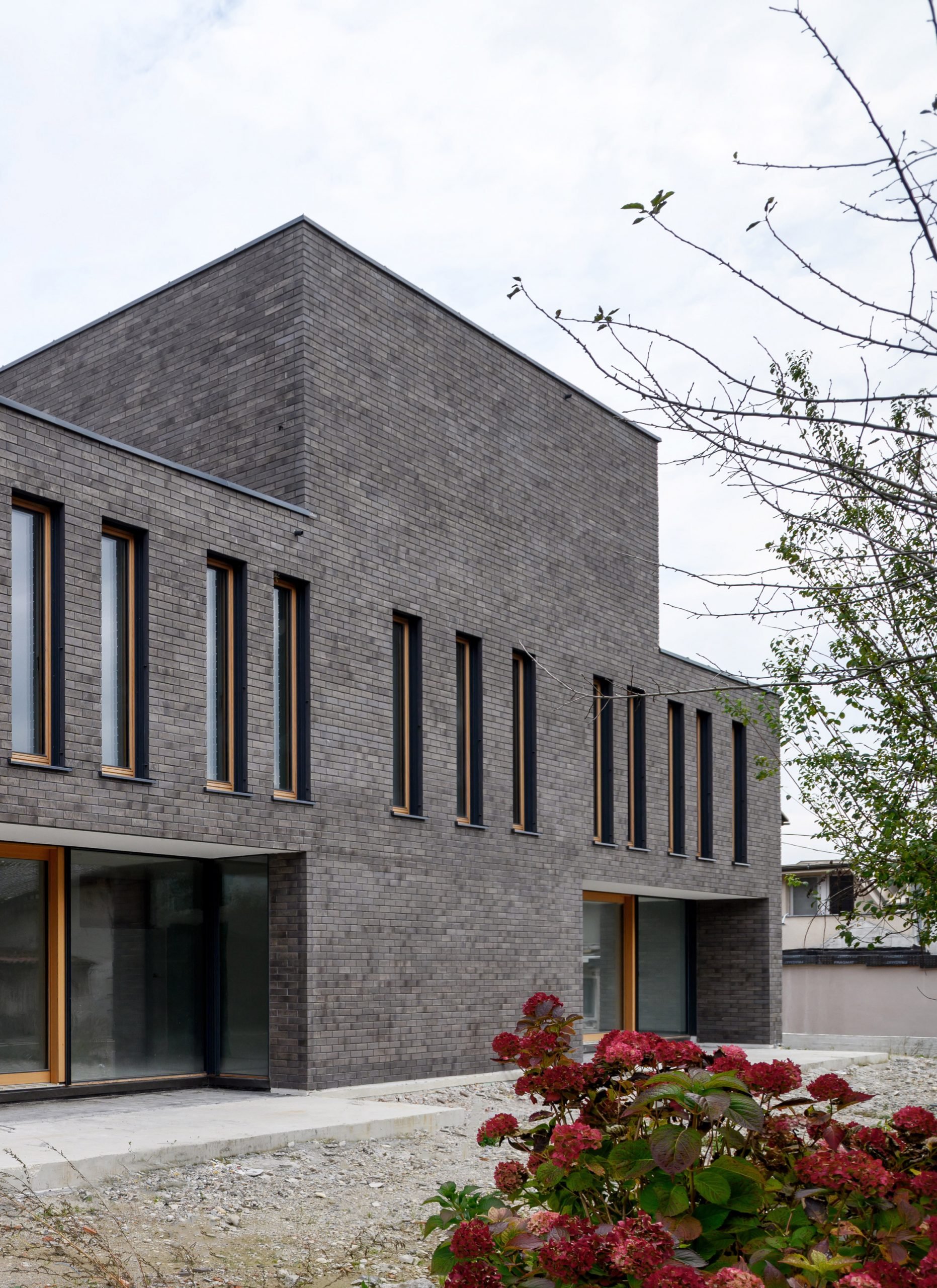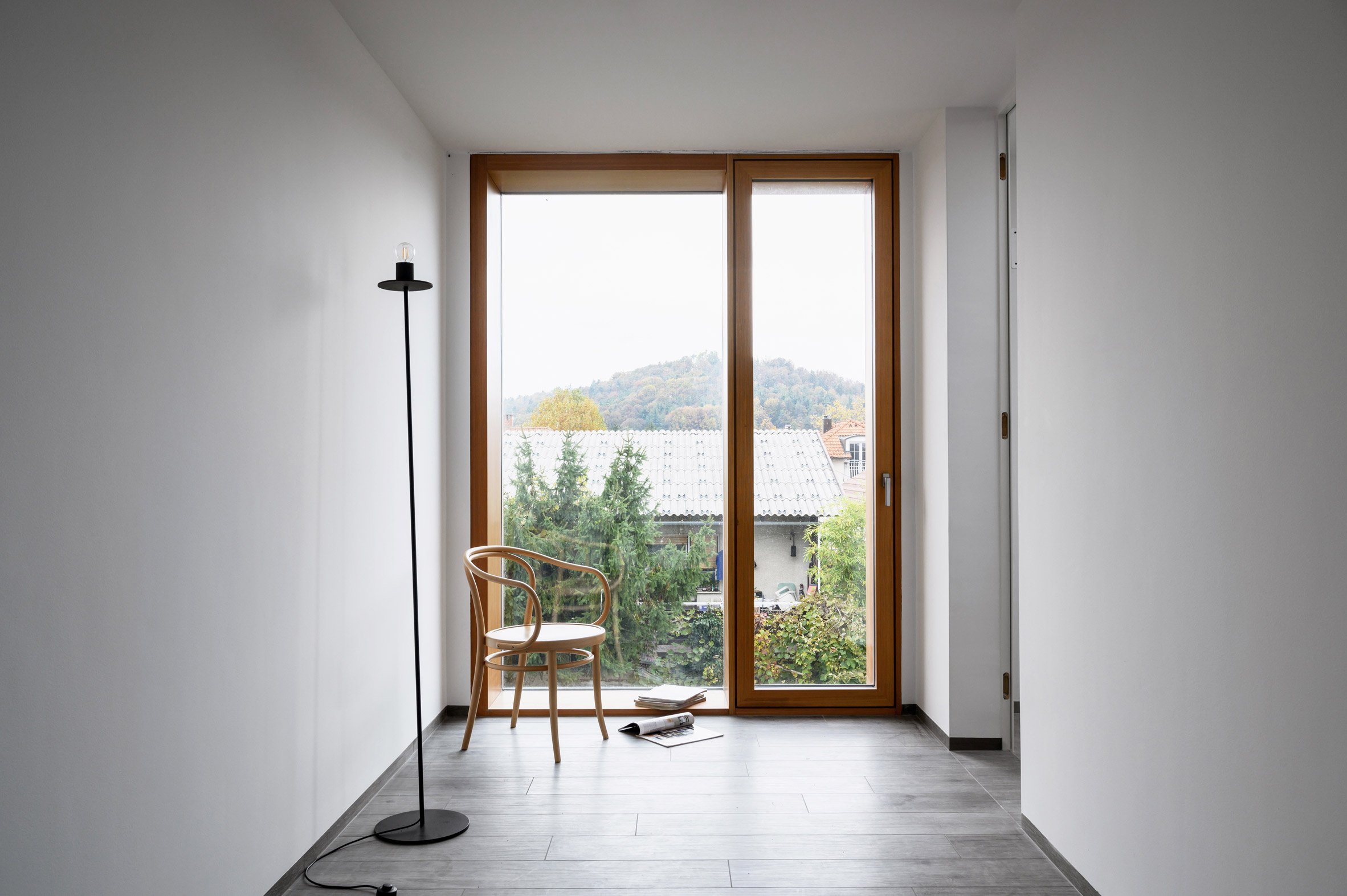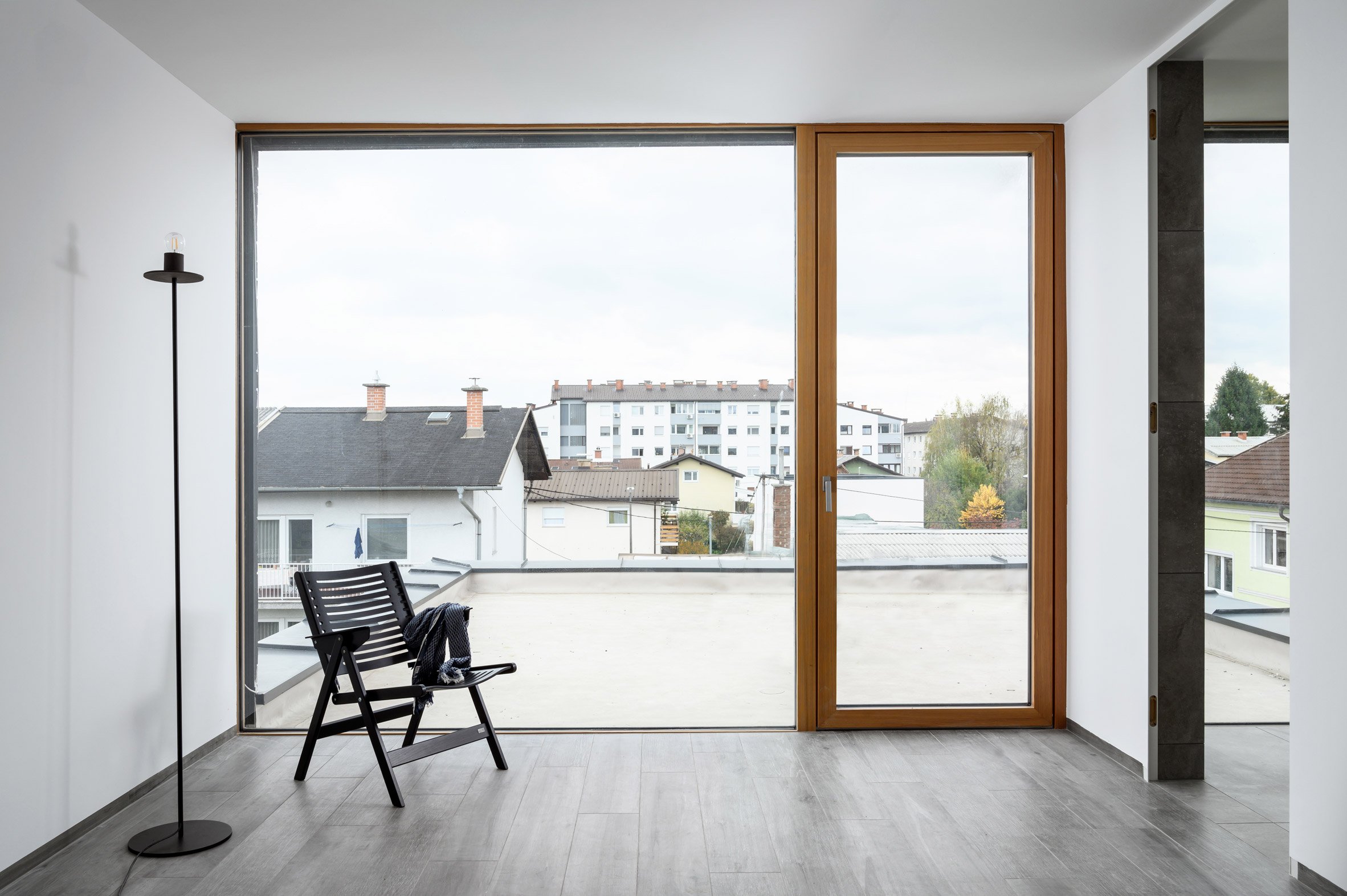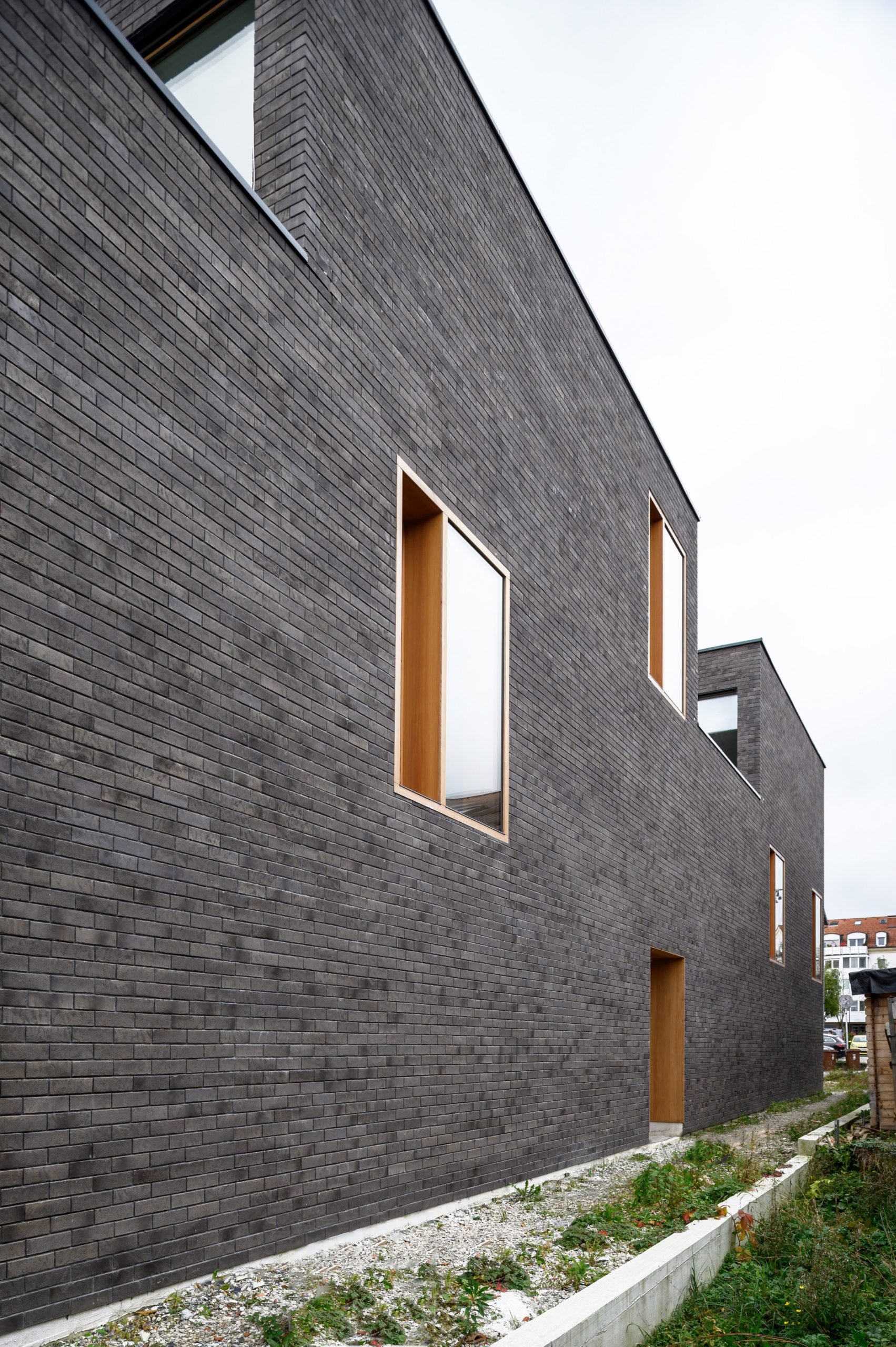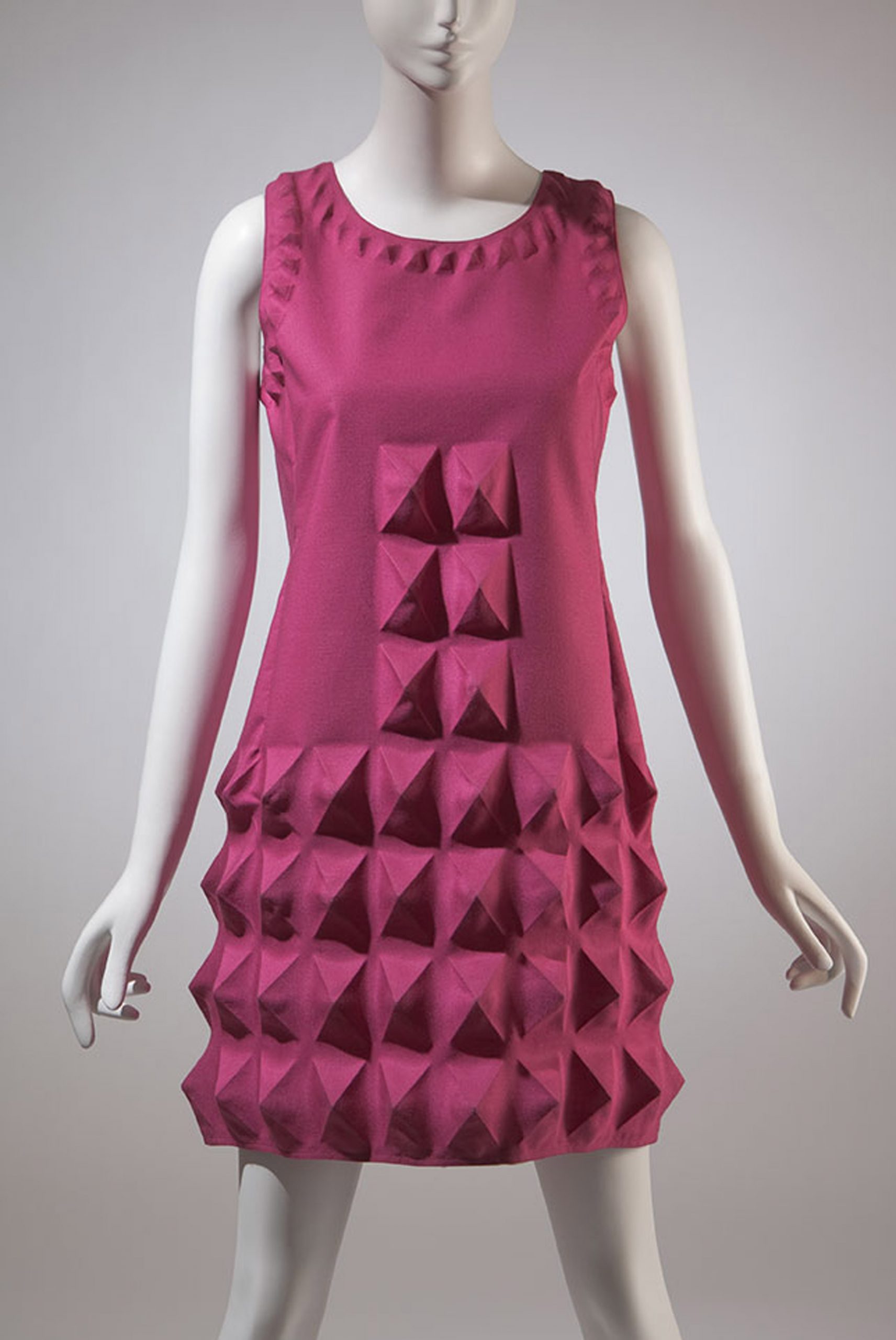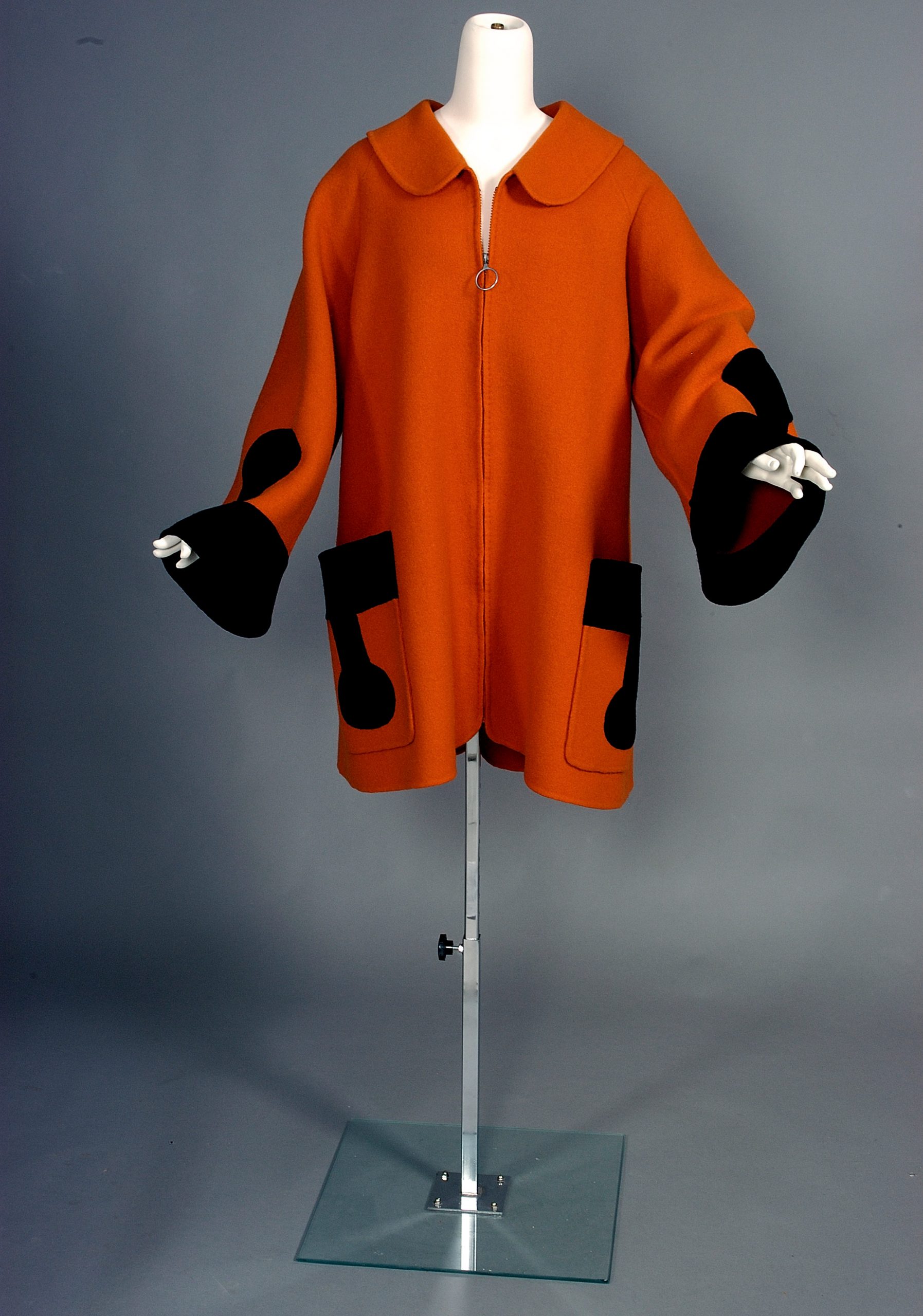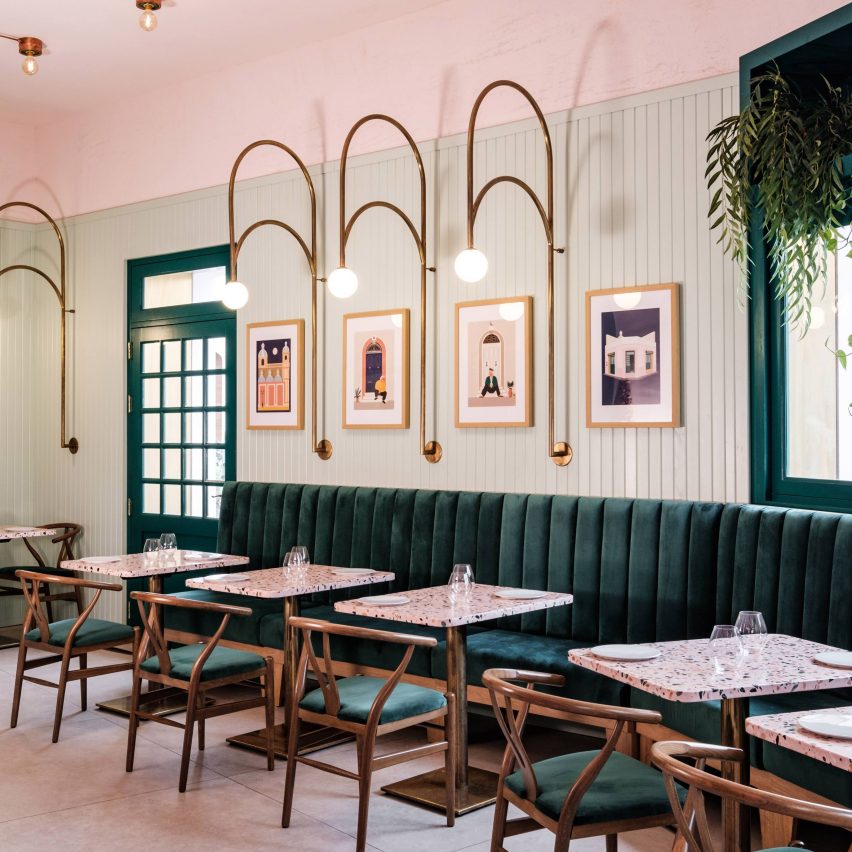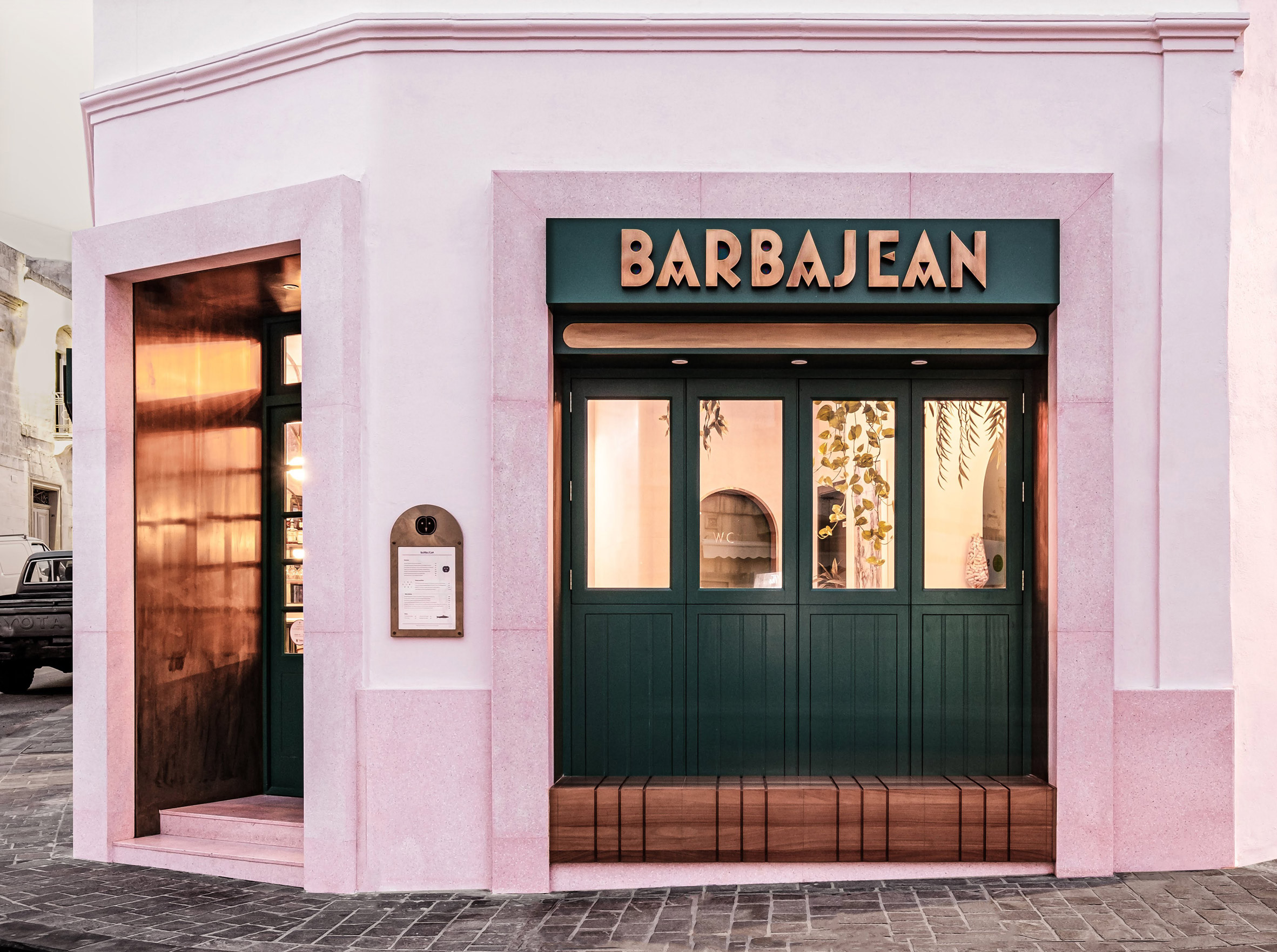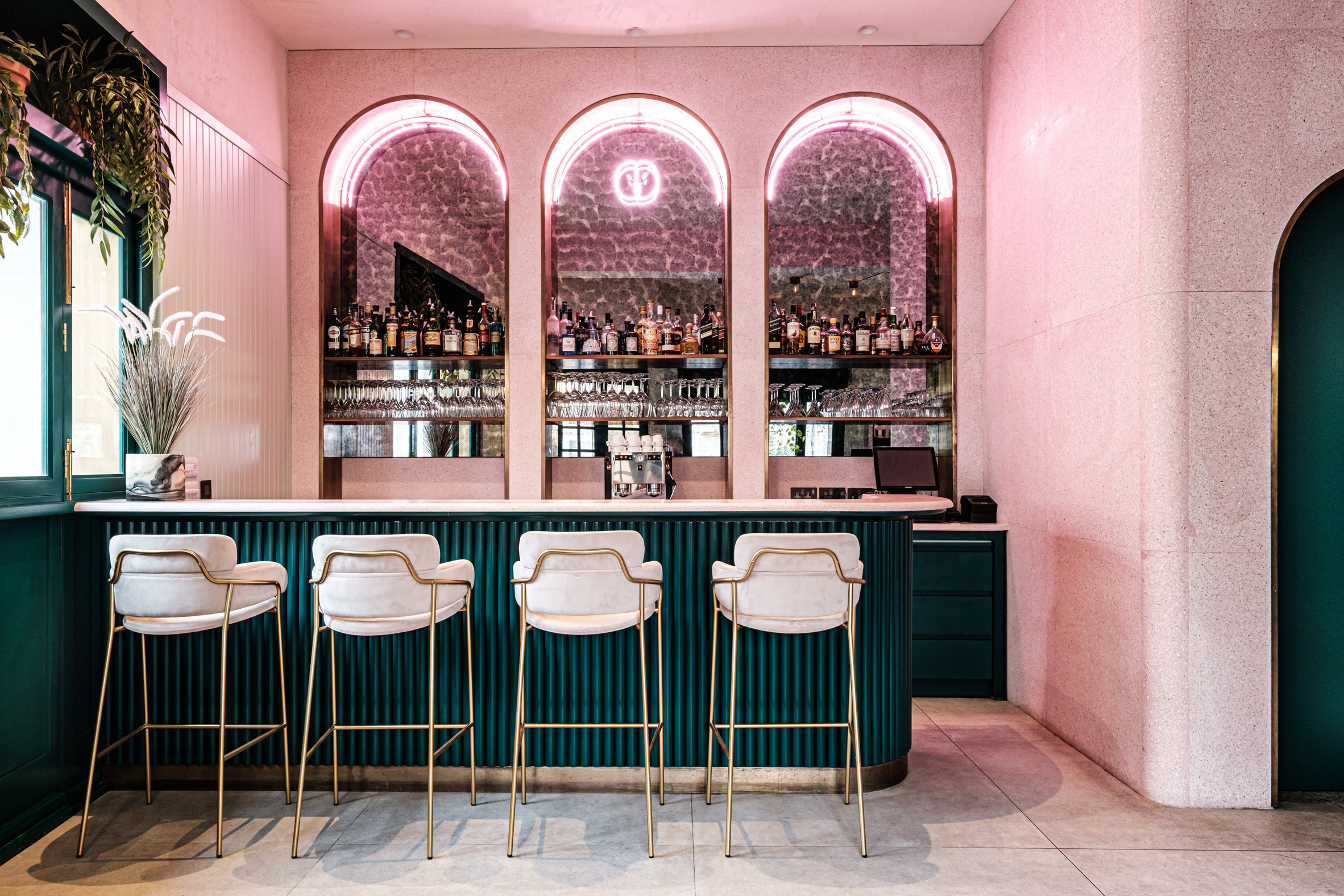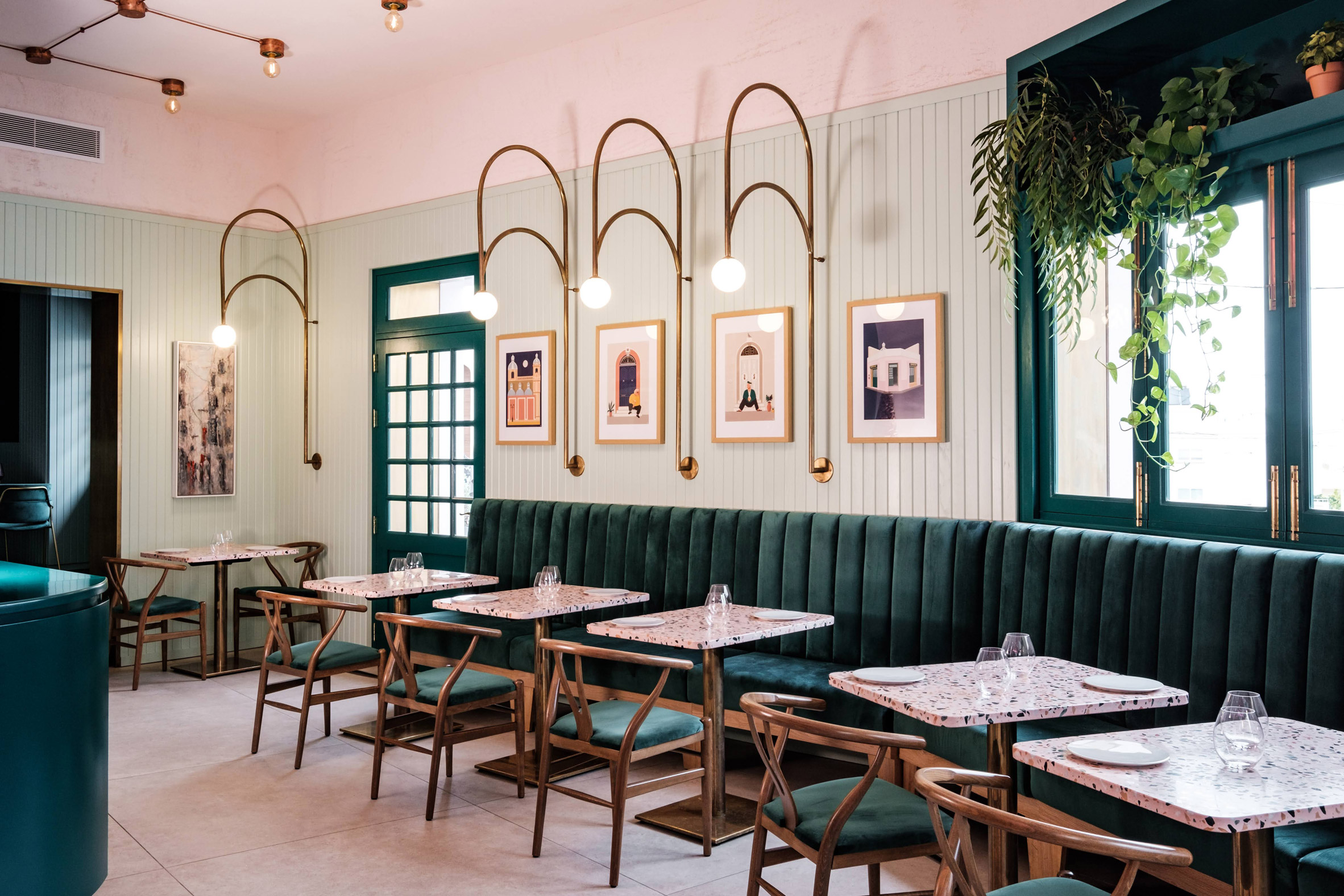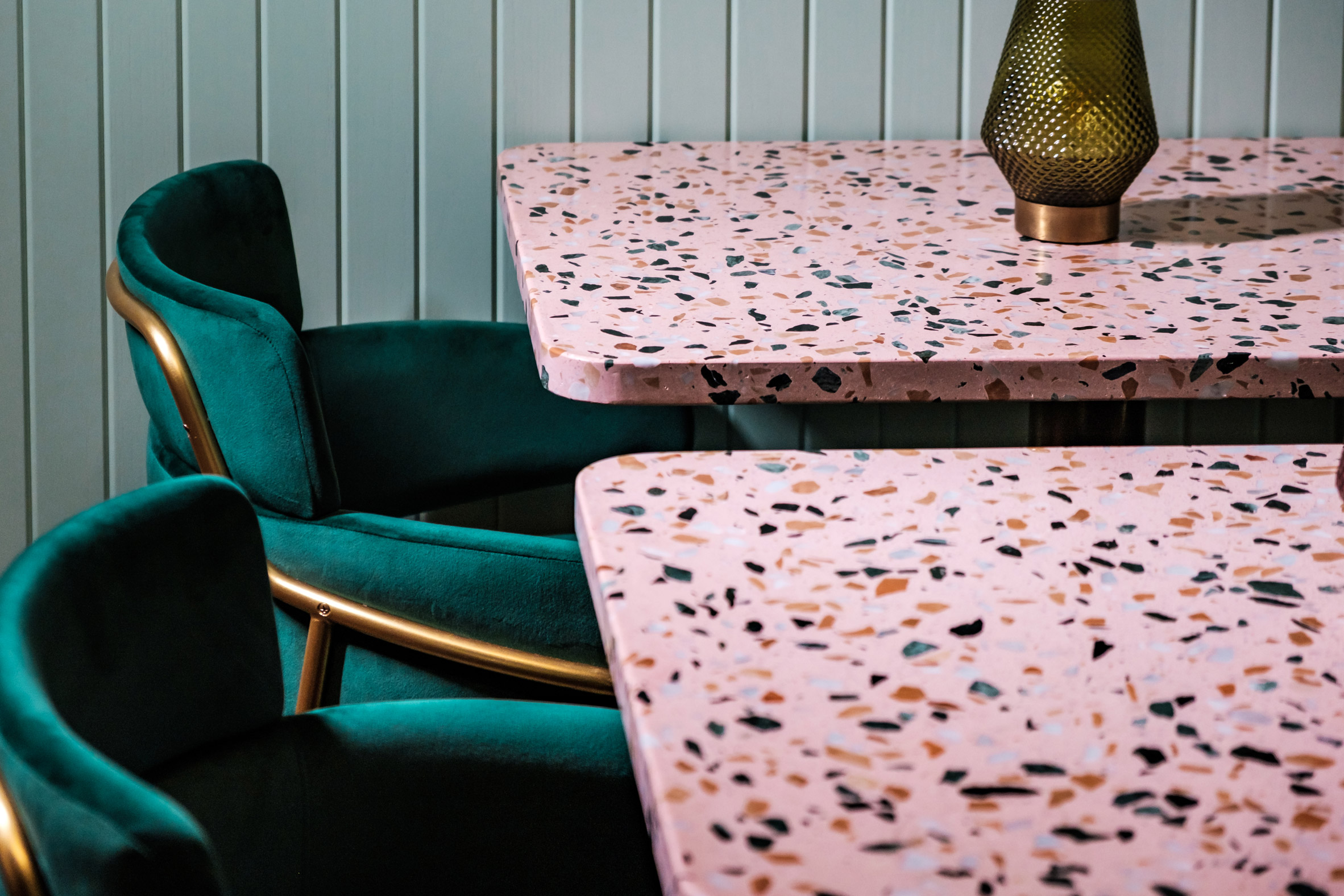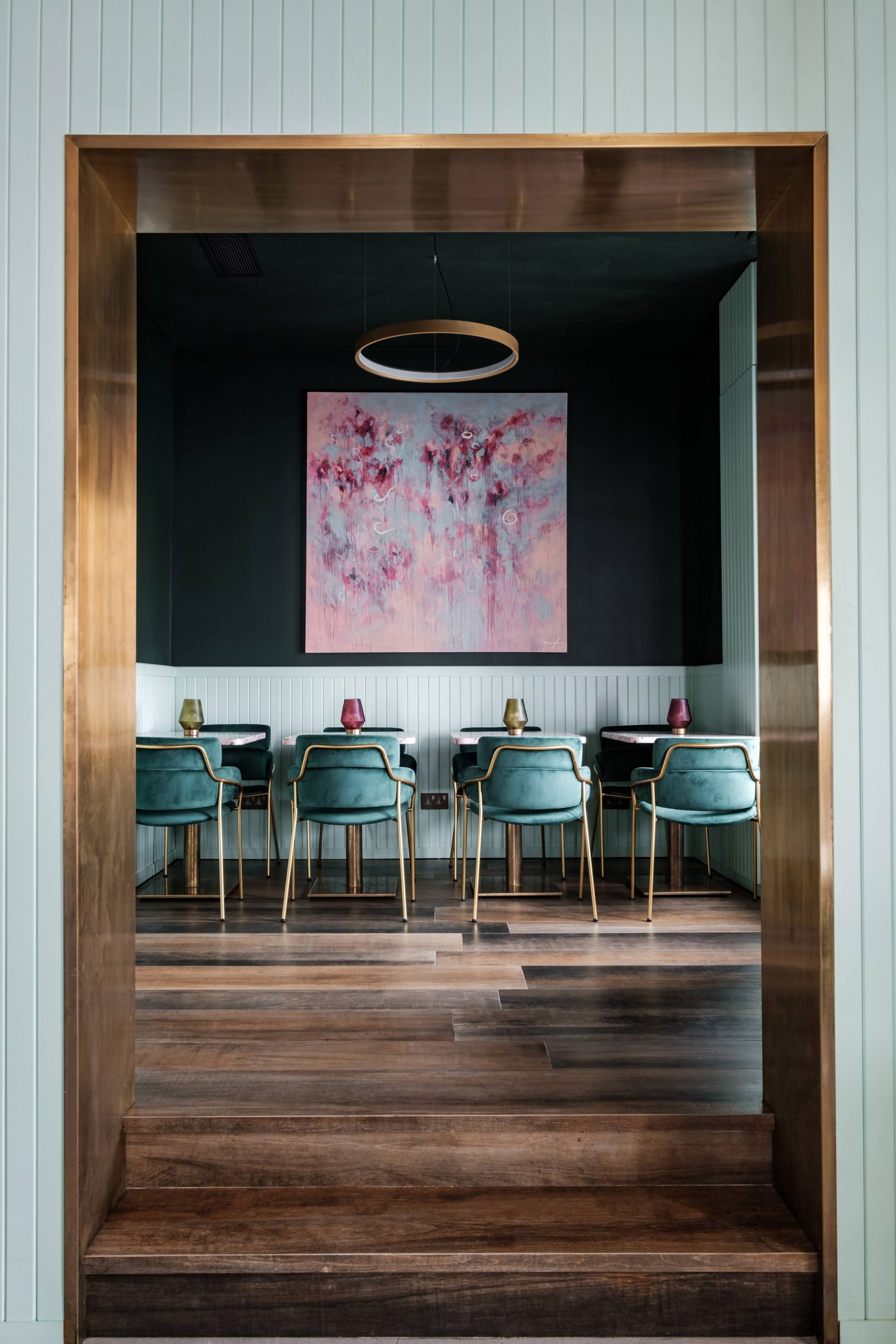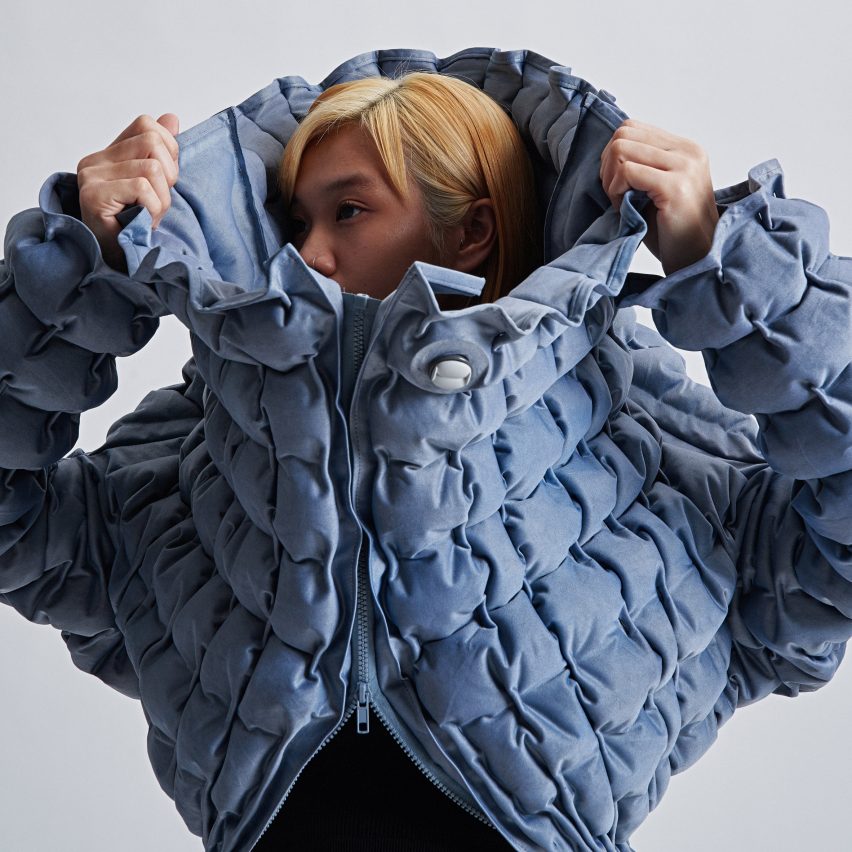
Visions of the Future is a showcase of optimistic projects by Singapore designers, including a soap-making machine, an inflatable textile and a paint for repairing broken sneakers.
Presented by DesignSingapore Council, the exhibition features seven designs that suggest new lifestyle trends and rituals that could emerge in the aftermath of the Covid-19 pandemic.
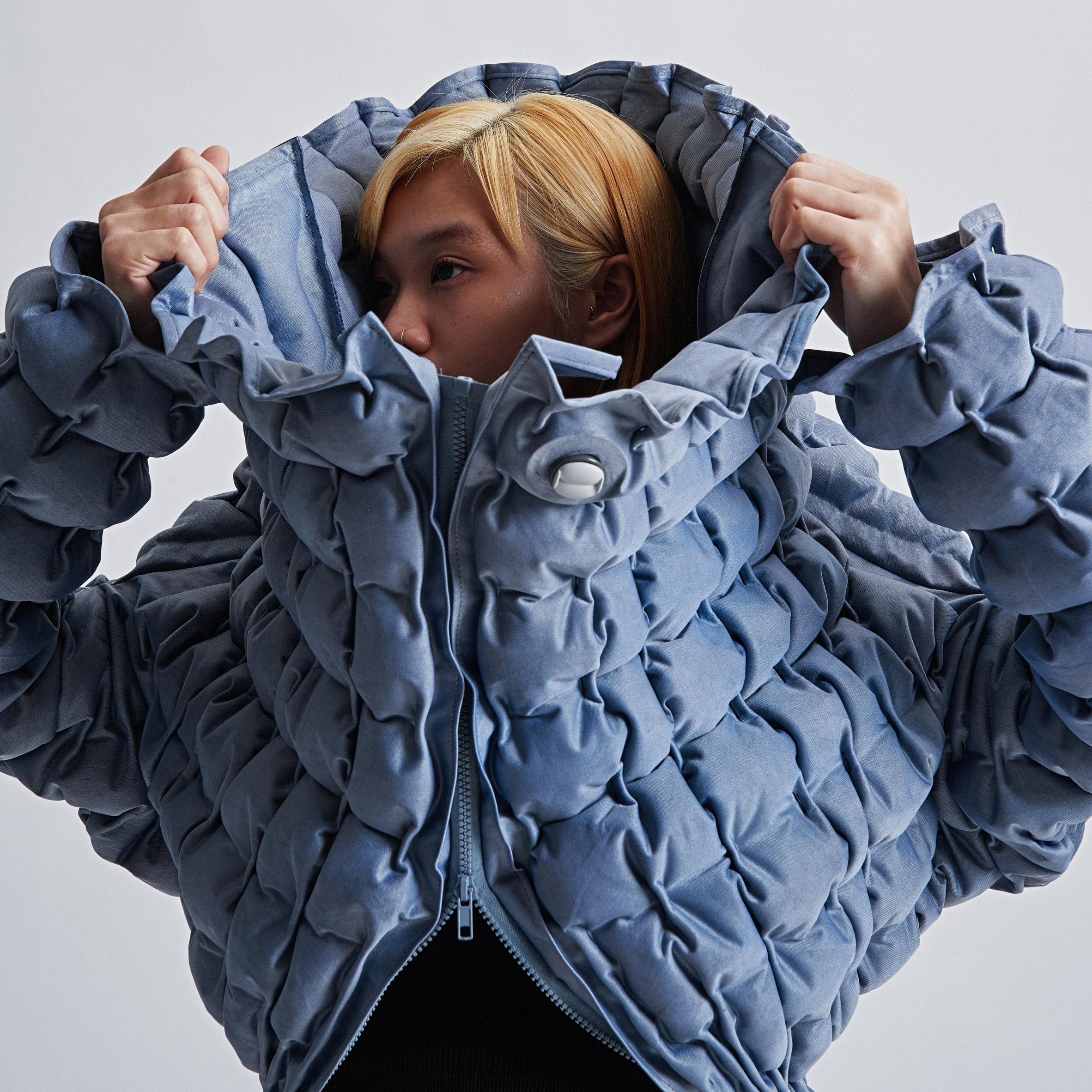
Some of the objects explore new ways of maintaining personal hygiene. Others serve as tools for improving mental health and wellbeing at a time of increased isolation.
They are all on show at the National Design Centre and in a virtual exhibition on the Visions of the Future website.
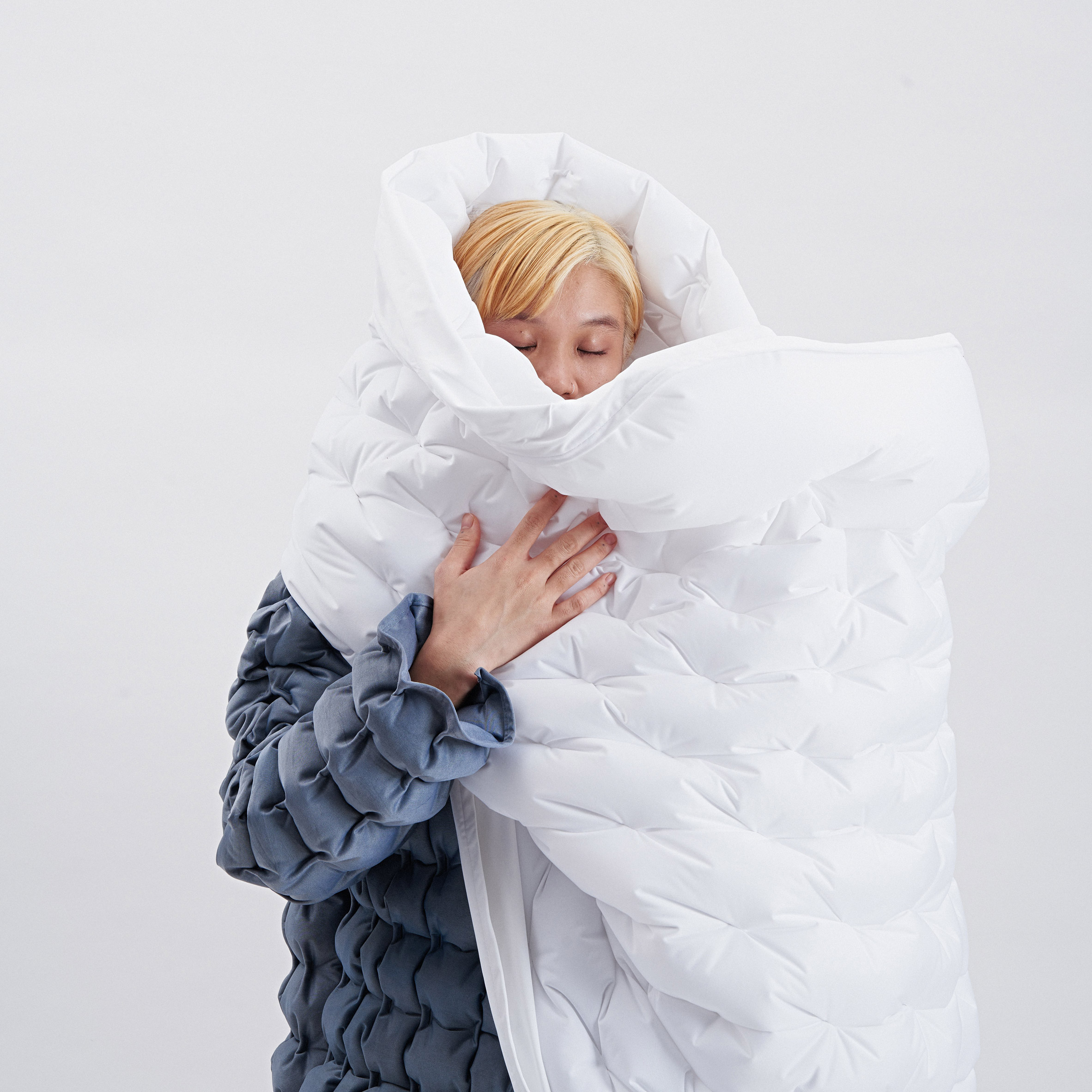
Designer Sheryl Teng has created Pneumatics Touch, a textile that comes to life with the introduction of air, and which boasts high levels of thermal insulation.
The designer created the material by adding a heat sealer to the pleated fabric. With its inflatable pockets, the textile can be used to provide comfort, warmth and protection in various situations.
Teng's collection includes garments, furniture covers, a space partition and a laptop case.
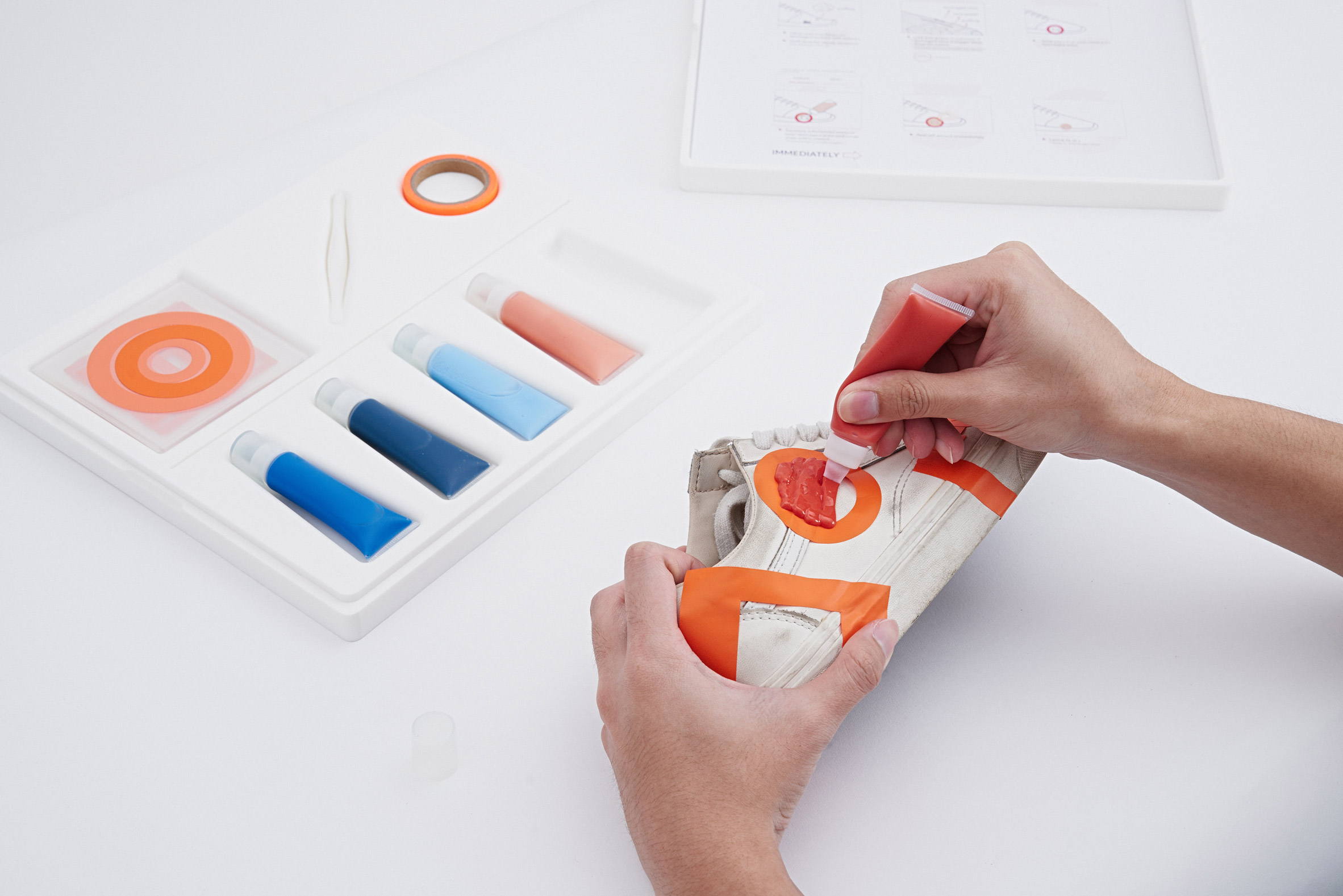
Canvas is a project by designers Ng Luowei and Mervyn Chen that explores ways of mending broken objects.
The pair have developed quick-drying liquid rubber paint, which can be used to both repair and decorate worn-out trainers. Their aim is to reduce the number of shoes that are thrown away every year.
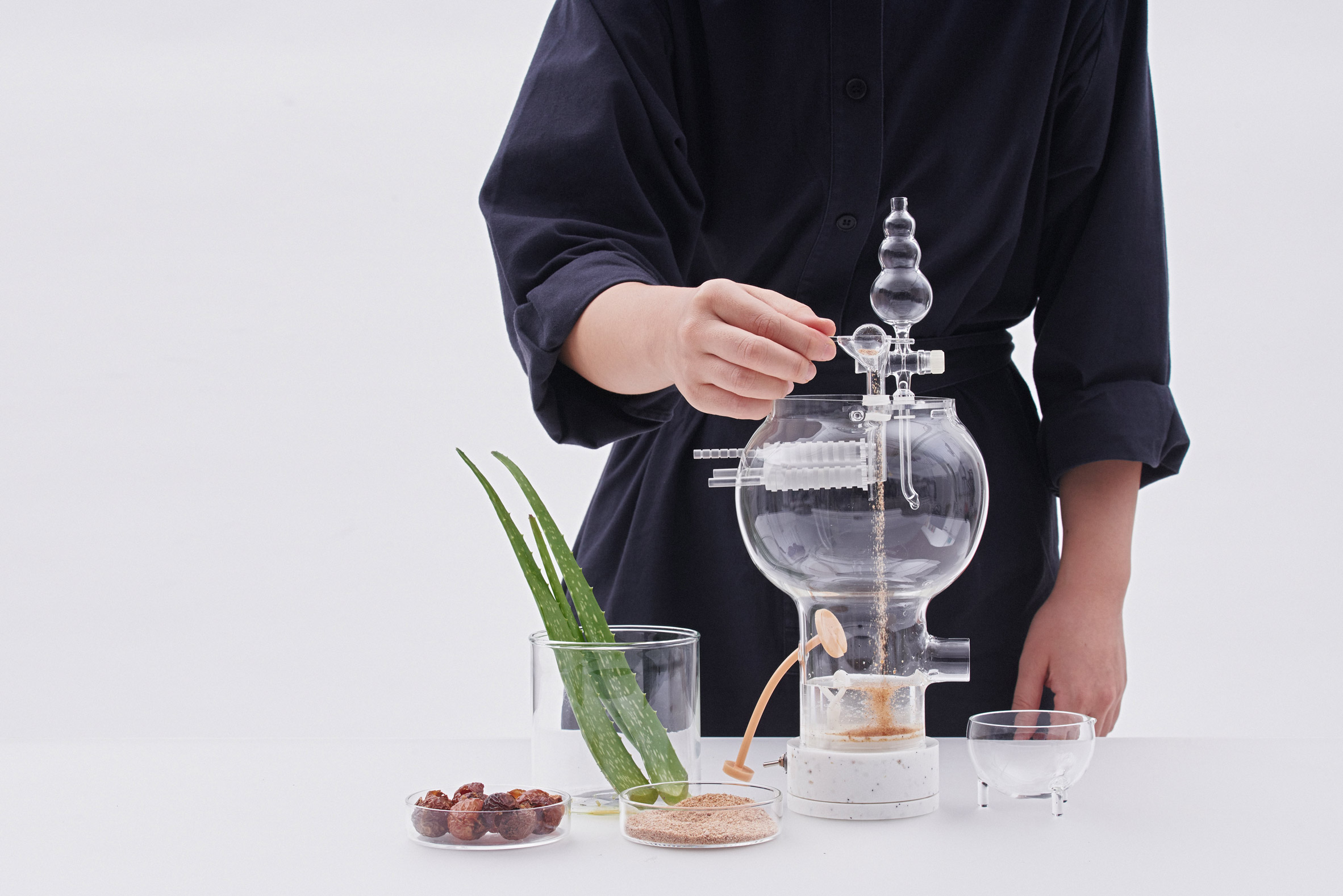
Designer Yingxuan Teo has responded to the pandemic by exploring the future of soap, a product that has taken on new significance since the arrival of the virus.
Teo has looked at ways of encouraging the use of soap but without the need for plastic packaging. Her response was to create a soap-making device so that people can produce their own cosmetics.
Called Mass Production of Happiness, her device uses natural ingredients such as Aloe Vera.
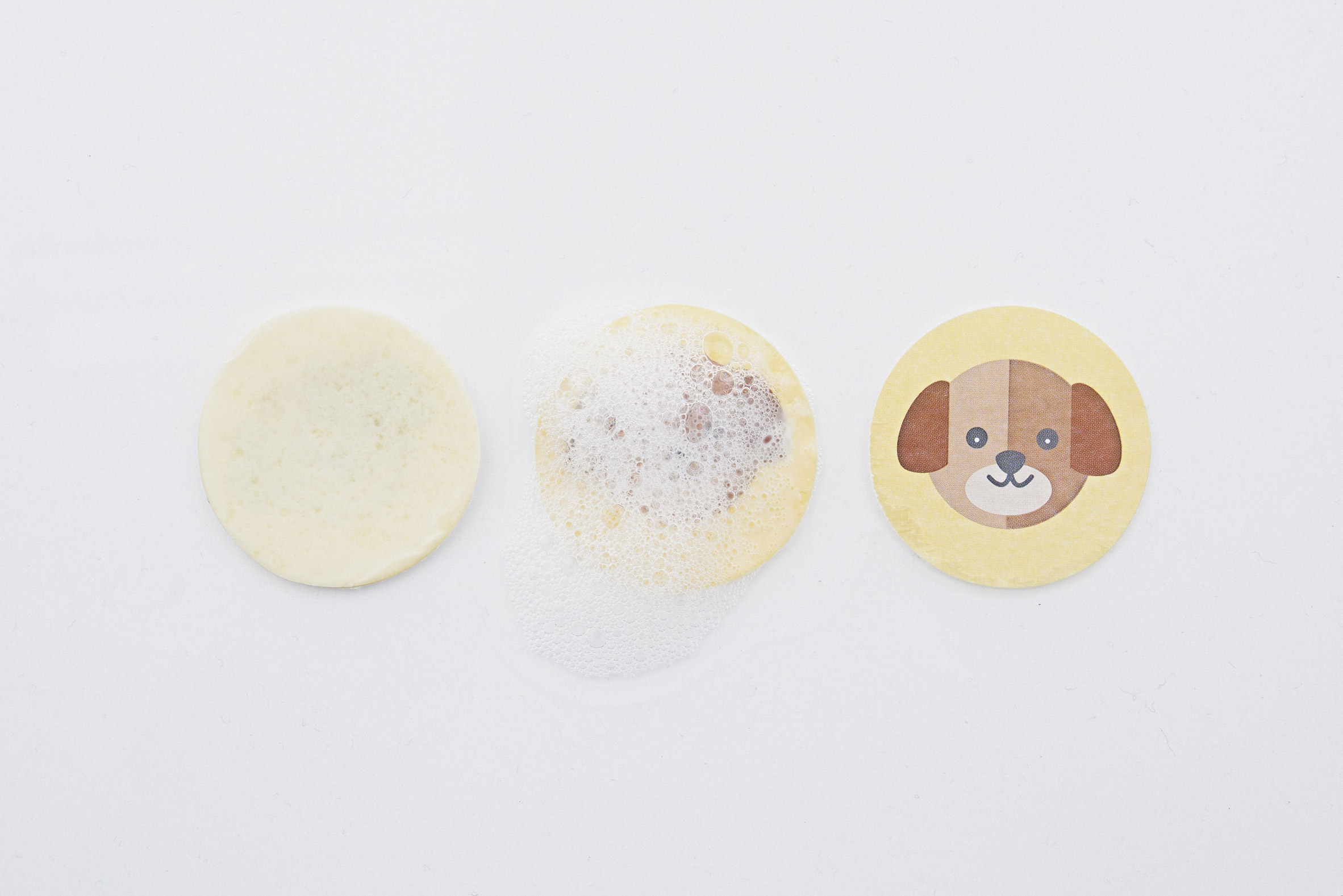
Soap is also a feature in Design Probes, a collection of designs by Kevin Chiam. His Soap Stickers bring an element of fun to the ritual of hand washing, particularly for children.
Chiam has also created a handheld device that aims to prevent people from touching face masks, which can lead to fast-spreading of germs.
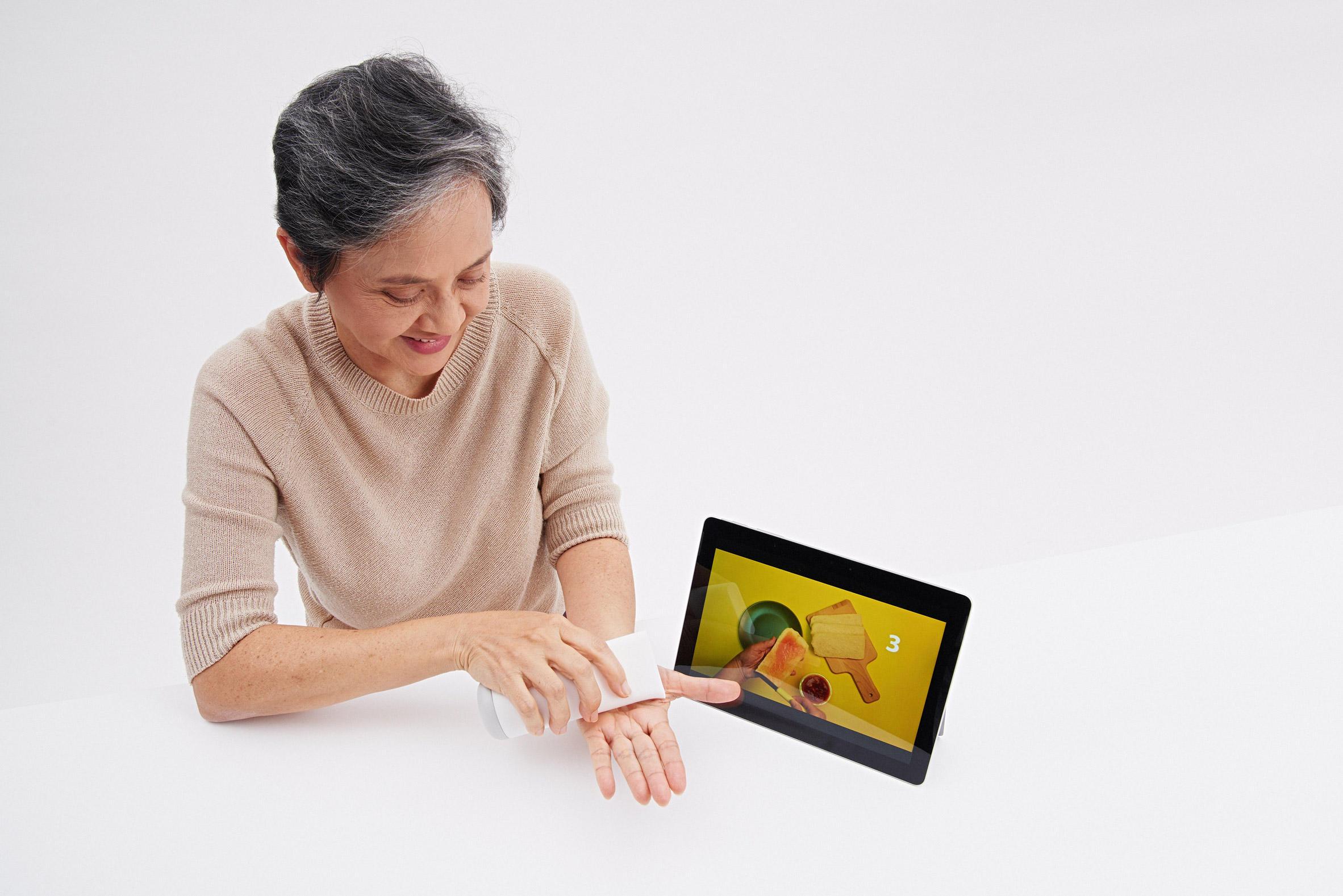
A project by Poh Yun Ru responds to the continual rise of dementia, one of the biggest problems we face as a result of ageing populations.
Rewind is a cognitive stimulation therapy tool designed to keep the minds of dementia sufferers active, particularly at times of separation from families. Using motion tracking, it allows users to associate memories with images and sounds.
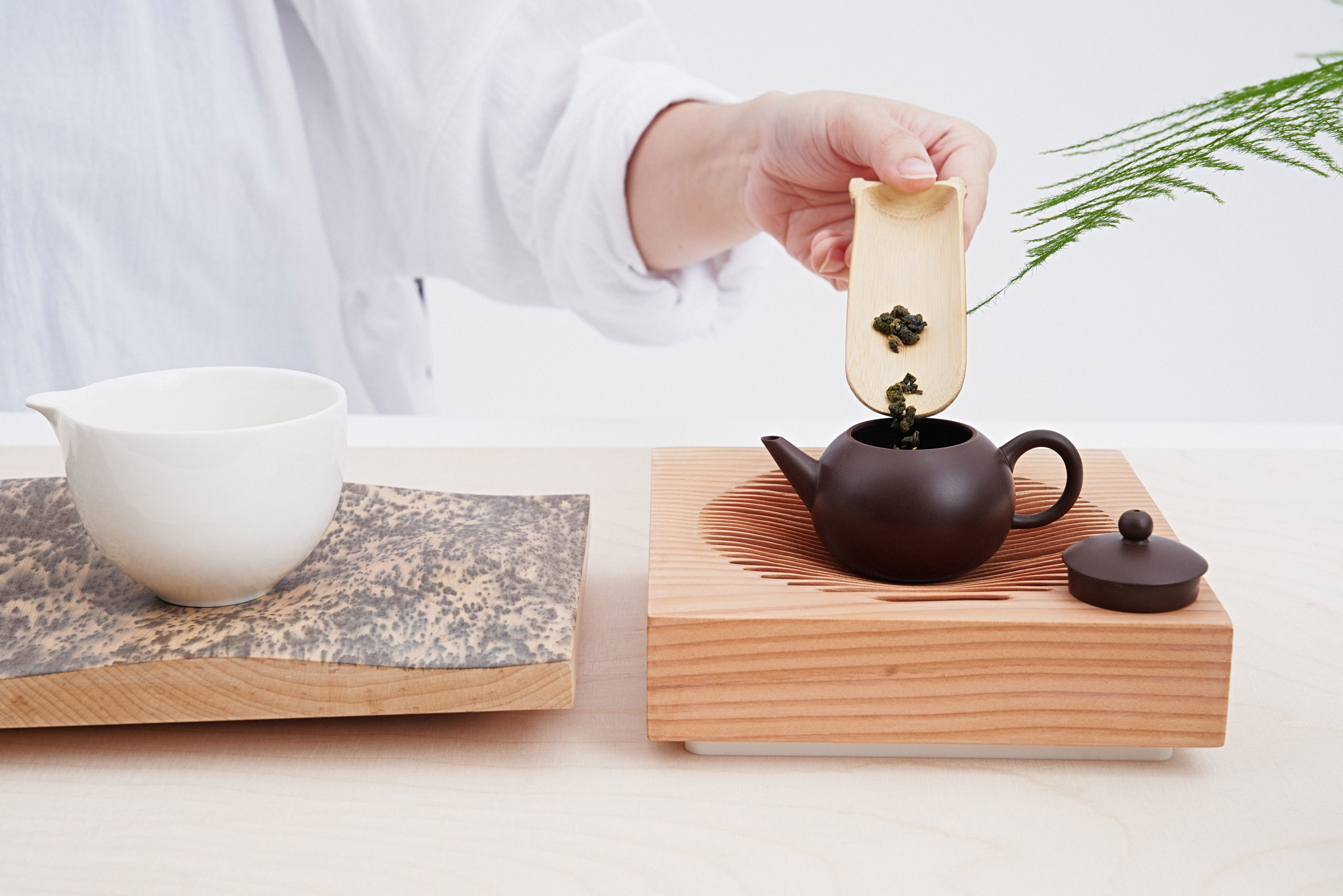
Mental wellbeing was also on the mind of Jasmine Quek, who has created a modern interpretation of a traditional Chinese tea set, to revive a tradition that promotes mindfulness.
Visions of the Future is completed by Ji Jian Wu, a set of ceramic characters intended as modern amulets. Designer Lin Qiuxia sees these objects as symbols of hope in times of threat.
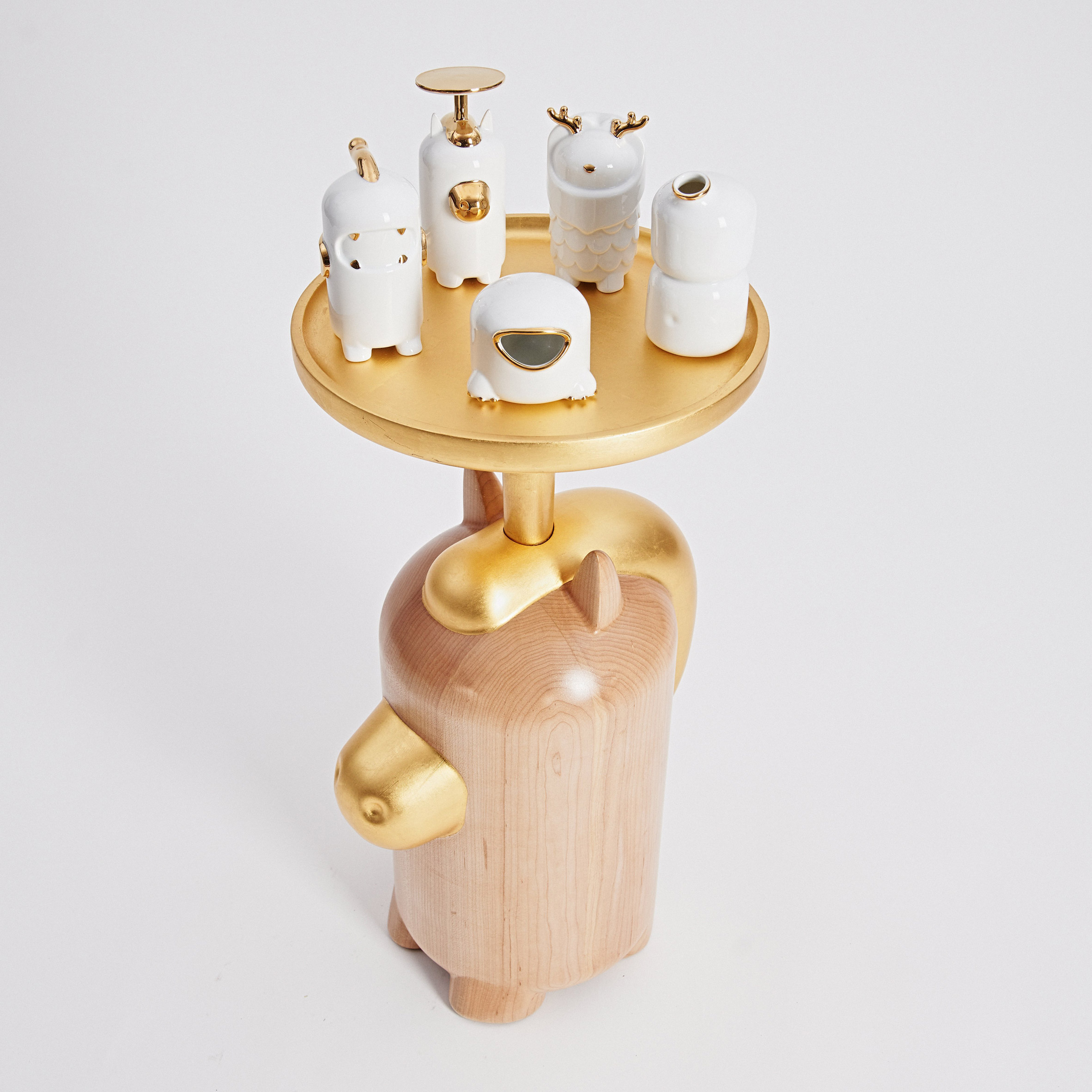
"It is a joy to see our young designers' in-depth design research and creative responses to the pressing concerns of today," said executive director of DesignSingapore Council Mark Wee.
"From transforming the act of soap-making into a meditative ritual, to empowering the elderly to hold onto their fading memories, these young designers provide a fresh perspective to everyday issues – and those brought anew in the current climate - that anyone can appreciate."
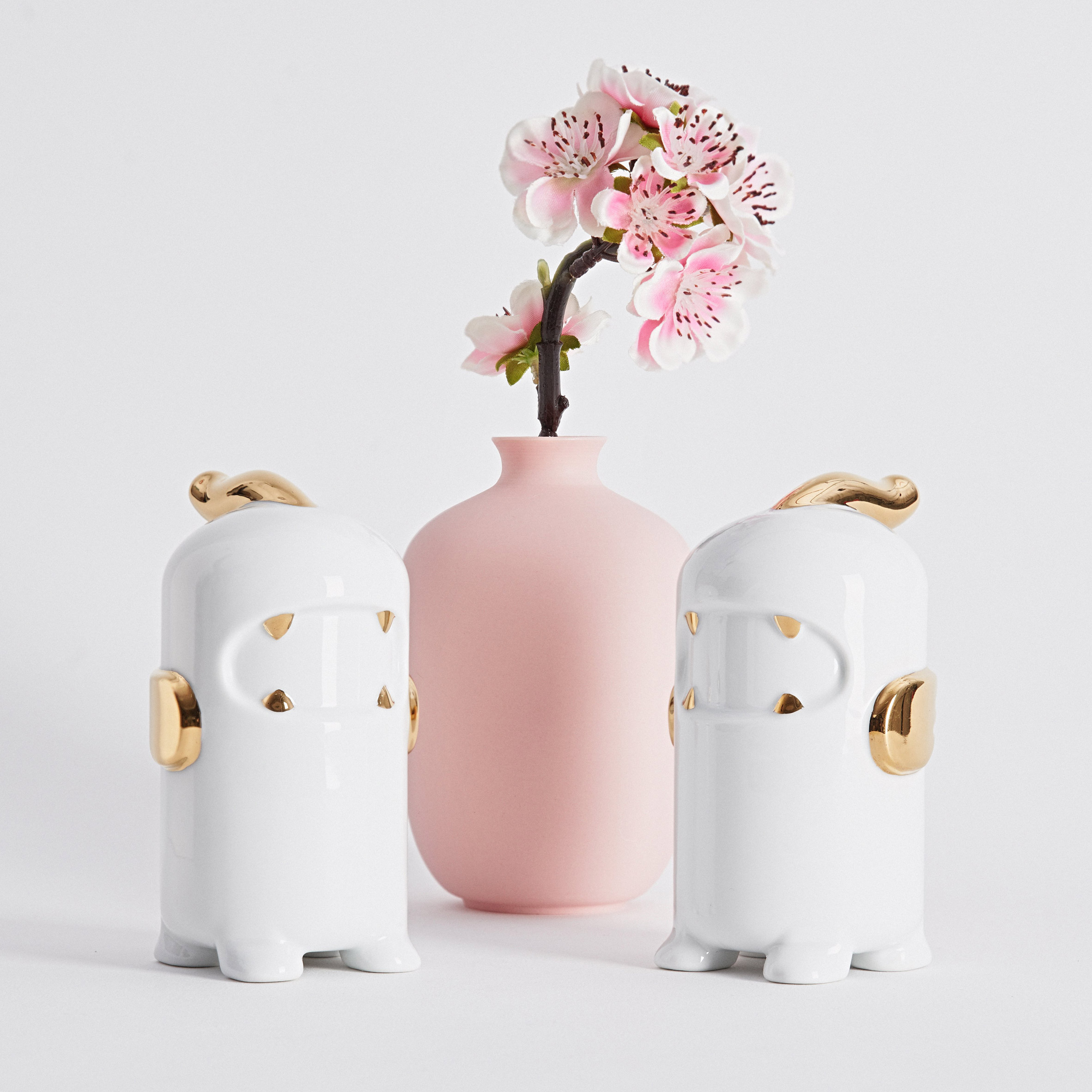
All seven designs were created with help from Wendy Chua and Gustavo Maggio of design studio Forest & Whale.
Visions of the Future was on show at the National Design Centre from 10 Dec 2020 to 7 Jan 2021. See Dezeen Events Guide for an up-to-date list of architecture and design events taking place around the world.
The post Singapore designers create wellbeing and mindfulness tools for pandemic era appeared first on Dezeen.
from Dezeen https://ift.tt/3n5LBkm
